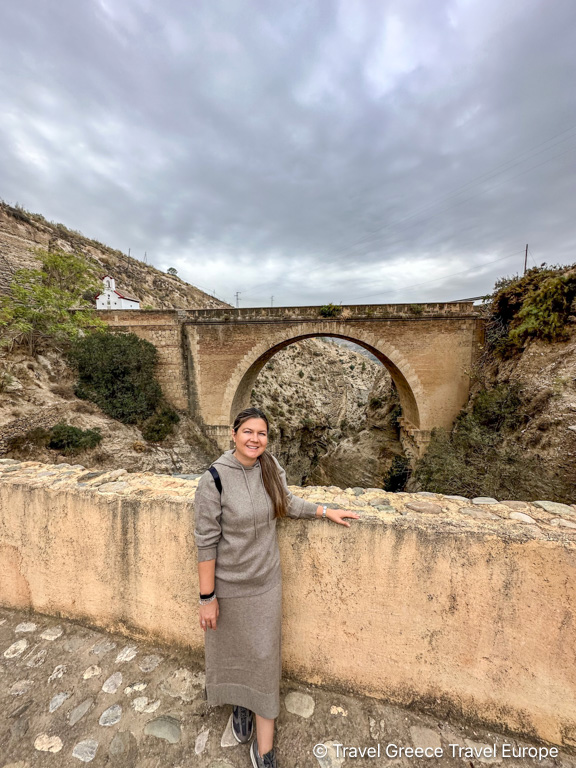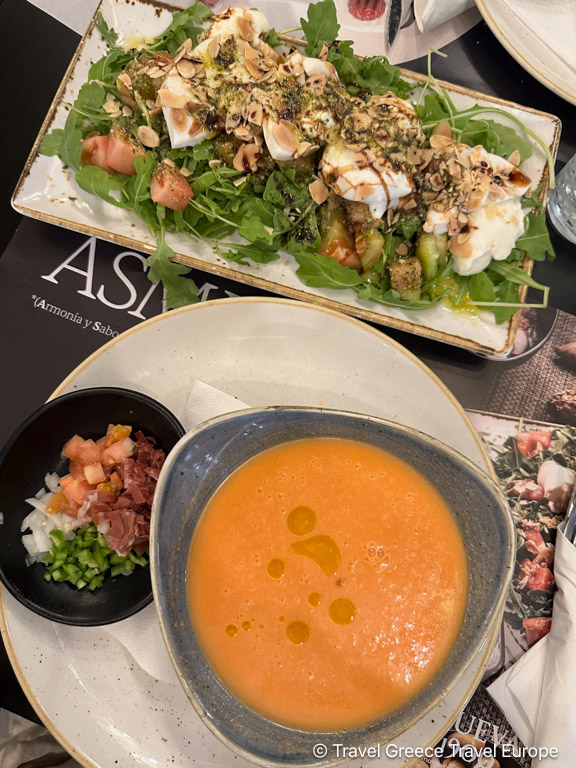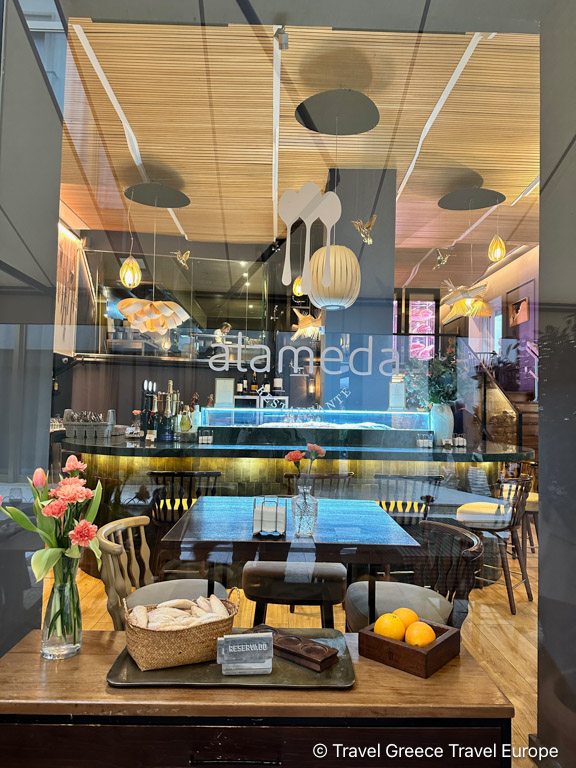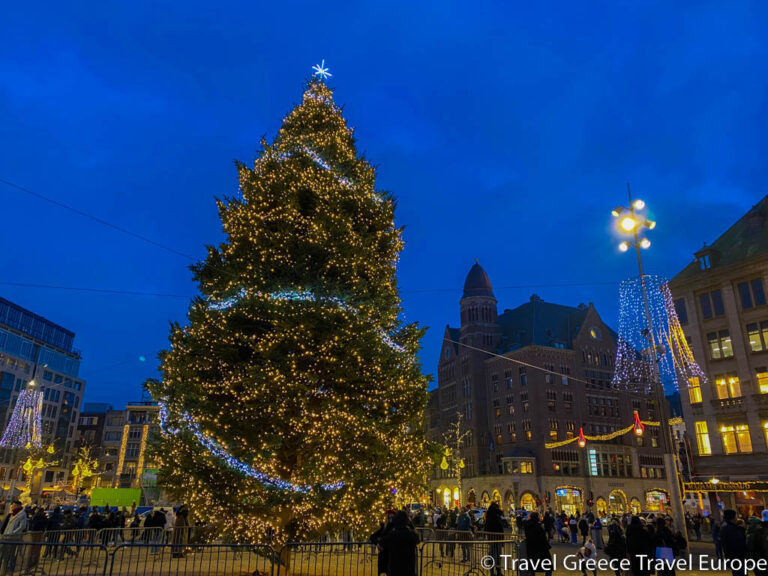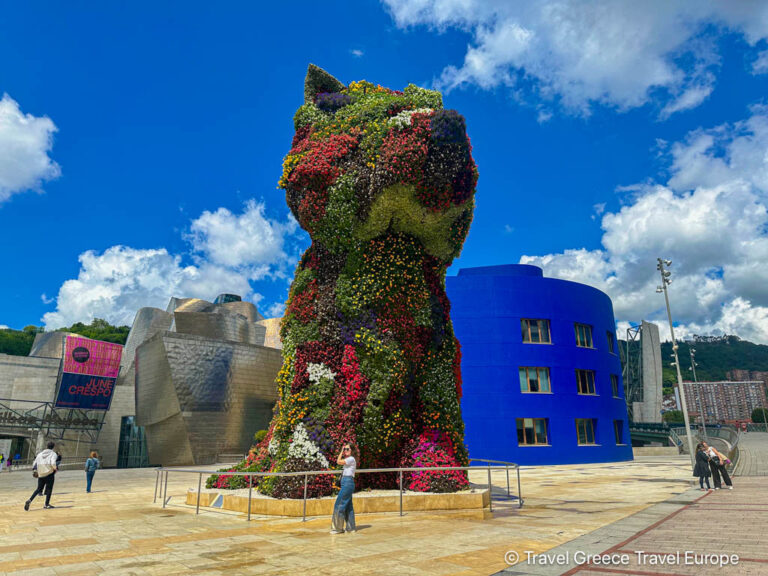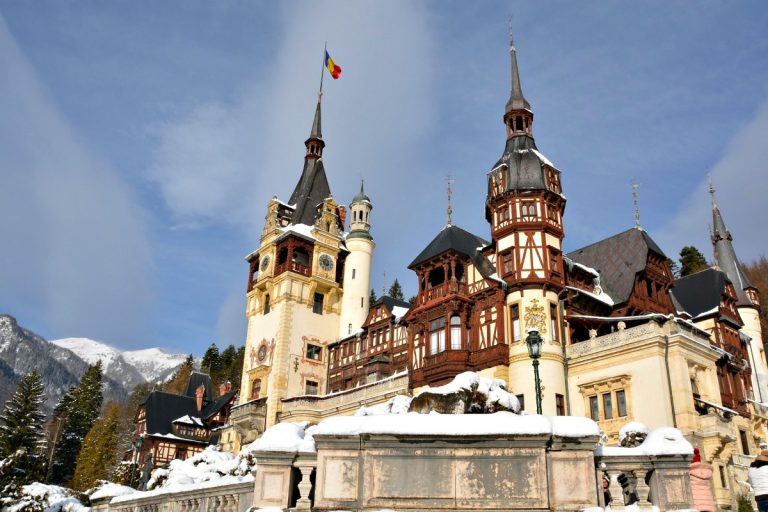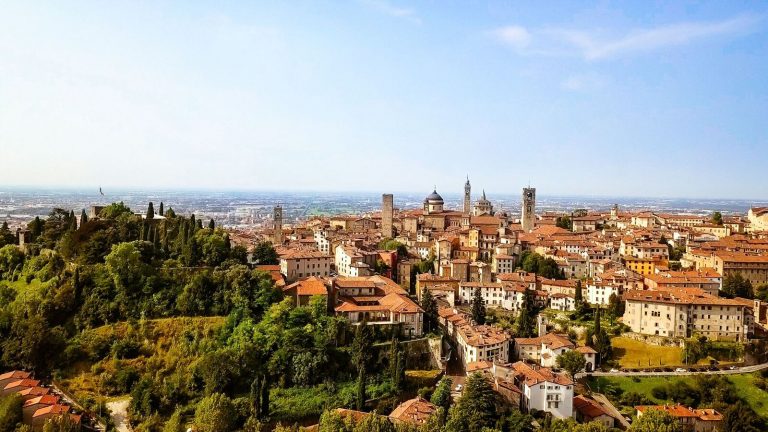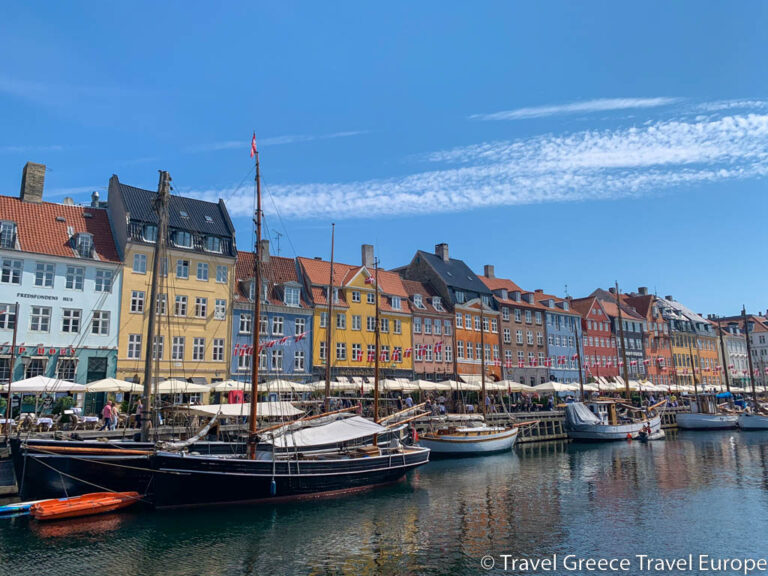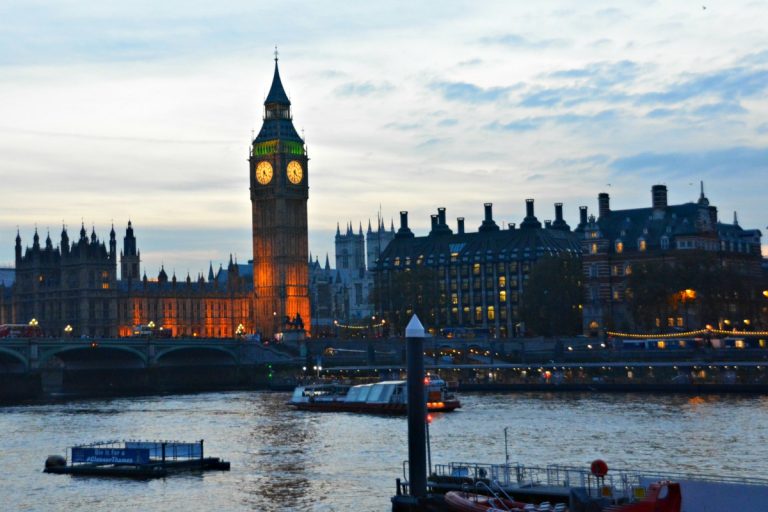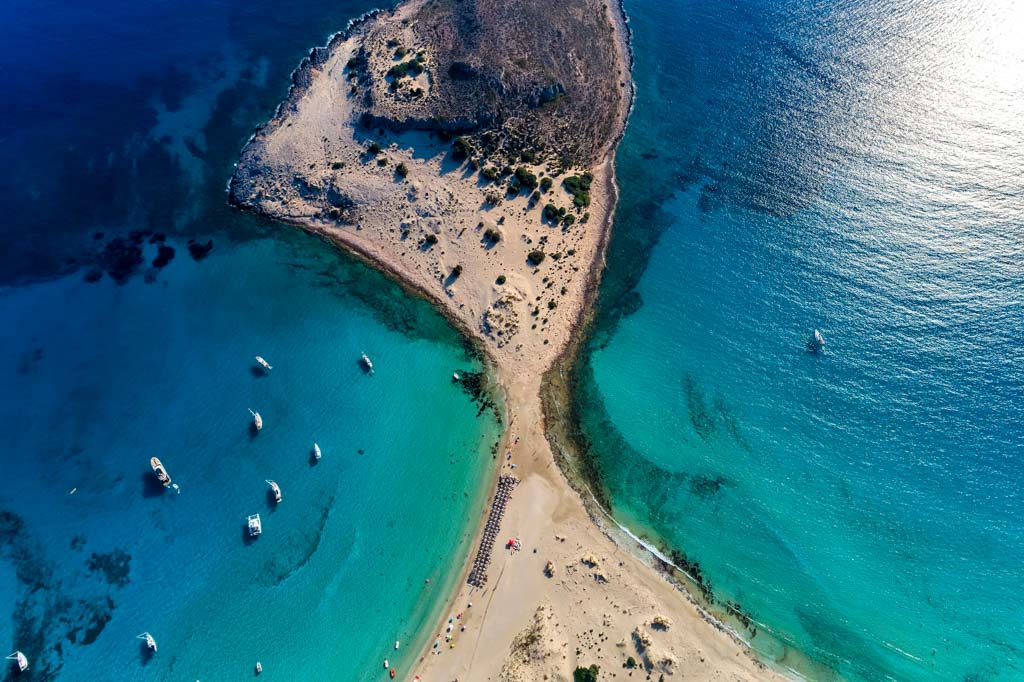Granada in 3 Days: A Dreamy Andalusian Escape
Granada, the jewel of Andalusia, is a city that effortlessly weaves together the magical threads of history, culture, and natural beauty. Set at the foot of the Sierra Nevada mountains, Granada is where the echoes of Moorish Spain resonate through the cobbled streets, and where the magnificent Alhambra stands as a testament to its glorious past. Whether you’re a history enthusiast, a lover of art and architecture, or simply seeking an unforgettable escape, Granada offers a truly mesmerizing experience. Here’s how to see Granada in 3 days.
How to Get to Granada
Granada is well-connected by various modes of transport, making it an easily accessible destination whether you’re coming from within Spain or from abroad.
By Air: Granada’s Federico García Lorca Granada-Jaén Airport (GRX) is located about 15 kilometers west of the city. It offers direct flights to and from several major cities in Spain and Europe. From the airport, you can reach the city center by a pre-booked transfer (a 20-minute drive) or by bus, which takes about 40 minutes.
By Train: Granada’s train station, Estación de Granada, is conveniently located near the city center. I would strongly advice to book you train tickets in advance. Here’s how long it takes to get to Granada from some key cities:
- Madrid: 3.5 – 4 hours by high-speed train (AVE).
- Barcelona: Approximately 6.5 hours by AVE or TALGO trains.
- Seville: 2.5 – 3 hours by regular train.
- Cordoba: About 1 hour and 55 minutes
- Malaga: About 1.5 hours by regular train.
By Bus: Buses to Granada are frequent and can be more affordable than trains, with the bus station located just outside the city center. A bus ride from Madrid or Malaga takes roughly the same time as the train but is usually more economical.
By Car: If you prefer to drive, Granada is well-connected by highways. From Madrid, the drive takes about 4.5 hours, while from Malaga, it’s a 1.5-hour scenic drive through the Andalusian countryside. If you are planning to book a car, check out all the car rental options here.
A Brief History of Granada
Granada’s rich history is what makes the city truly special. The city’s origins date back to the ancient Iberian tribes, but its most significant chapter began in the 8th century when it was captured by the Moors, who transformed it into a vibrant hub of culture, science, and art. The Nasrid dynasty, the last Muslim rulers in Spain, built the Alhambra, a stunning palace complex that remains one of the most remarkable examples of Islamic architecture in the world.
In 1492, the Catholic Monarchs, Ferdinand and Isabella, completed the Reconquista, capturing Granada and marking the end of Muslim rule in Spain. This historical moment not only shaped the city’s unique blend of Moorish and Christian architecture but also marked the beginning of a new era.
Granada’s historical significance, combined with its breathtaking landscapes and cultural vitality, make it stand out as a must-visit destination.
Your Guide To Granada in 3 Days
Day 1 in Granada: Exploring the Heart of Granada
Depending on what time you will arrive in Granda, you can alter the sequence of these below mentioned experiences. I would recommend scheduling the Alhambra visit on your first full day in Granada. In case you are arriving to Granada from another Spanish city a great way to spend your first afternoon in Granada would be by joining a walking food tour. I took this same tour on my first evening in Granada since our train from Cordoba was in the early afternoon.
The Alhambra: A Quick Guide to Granada’s Crown Jewel
Start your adventure with a visit to the Alhambra, a UNESCO World Heritage site and the crown jewel of Granada. Arrive early to avoid the crowds and take your time exploring the intricately designed palaces, lush gardens, and the Generalife summer palace. Don’t miss the Nasrid Palaces, where the exquisite craftsmanship will leave you in awe.
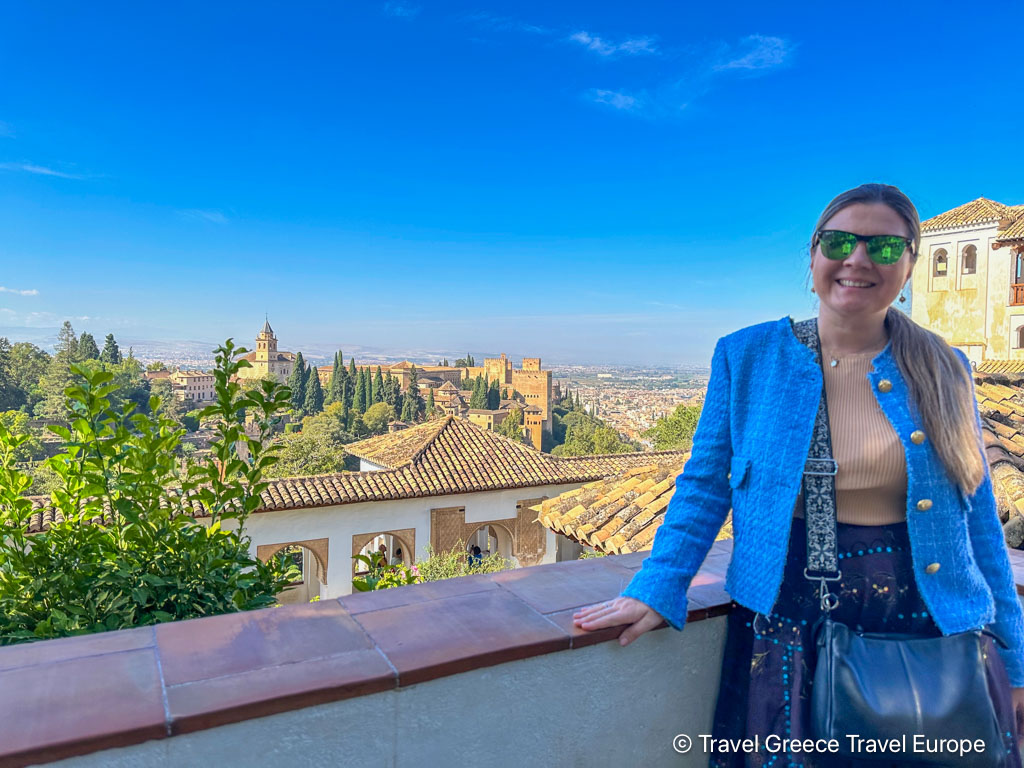
Here’s a brief overview of what to explore:
1. Nasrid Palaces
The Nasrid Palaces are the heart of the Alhambra, showcasing exquisite Moorish architecture. Key highlights include:
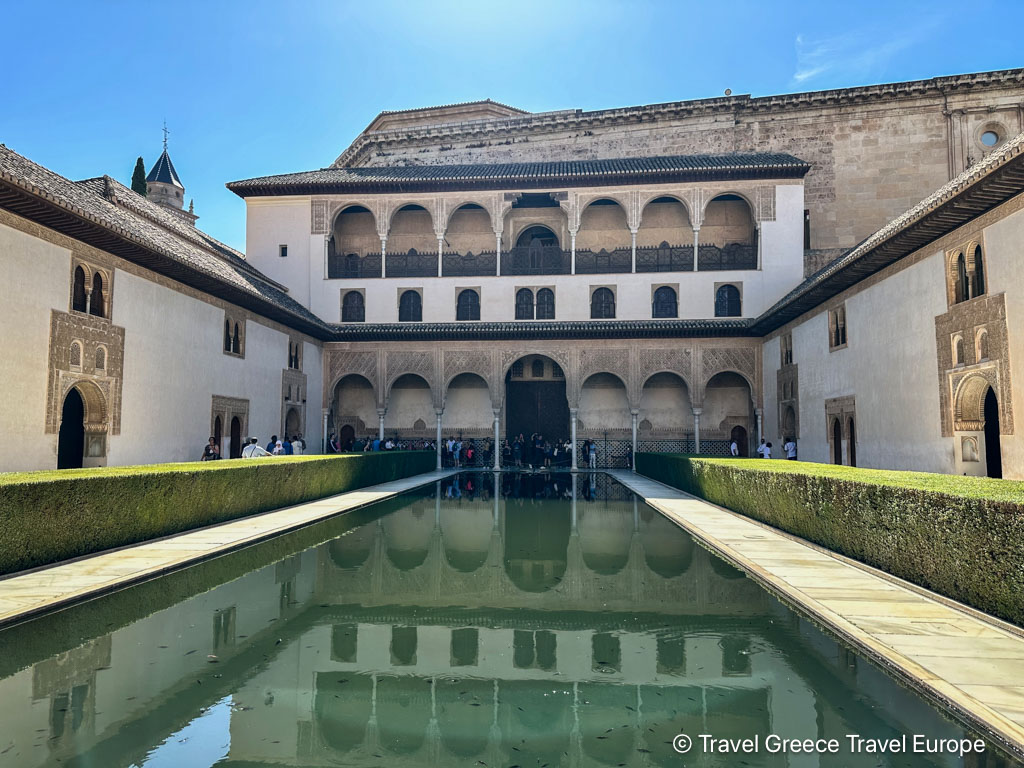
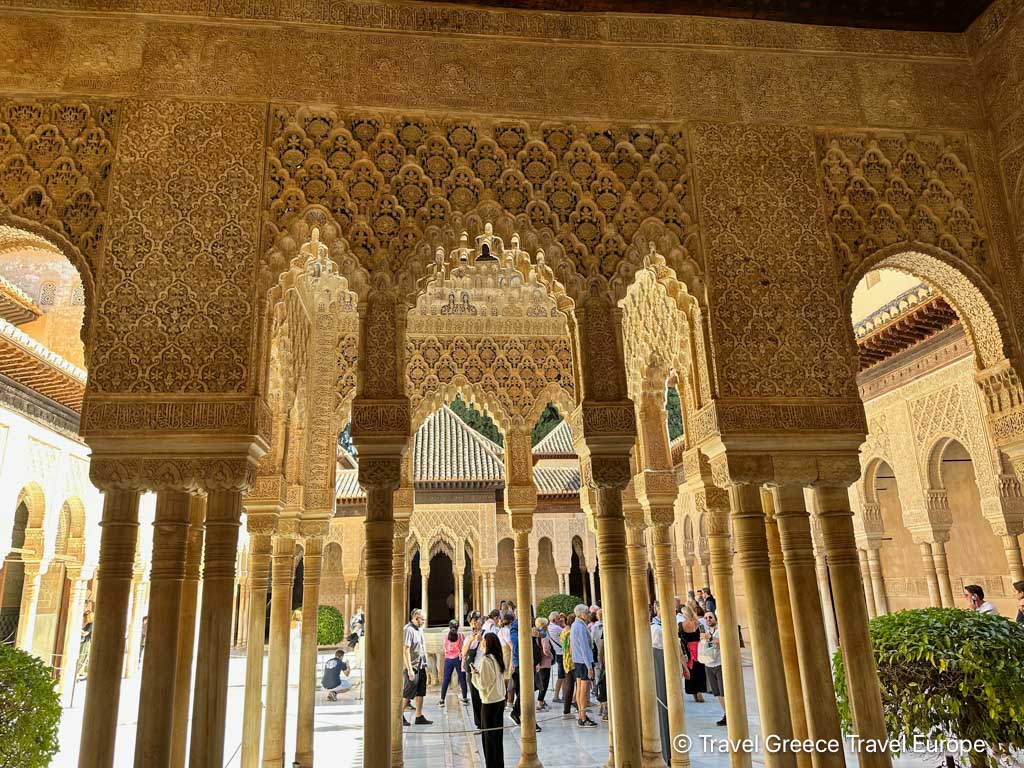
- Mexuar: The oldest palace section, used for administrative purposes.
- Comares Palace: Home to the Hall of Ambassadors, with its intricate stucco work and stunning dome.
- Palace of the Lions: Famous for the Fountain of the Lions and its serene, columned courtyard.
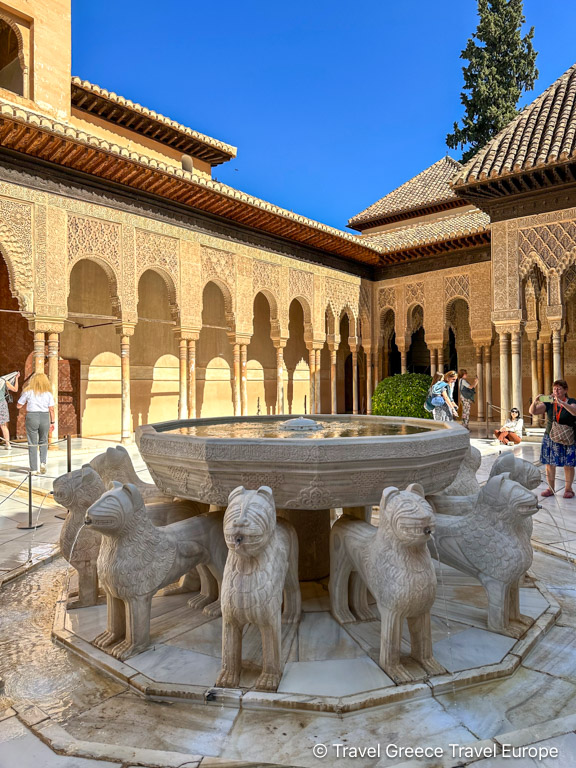
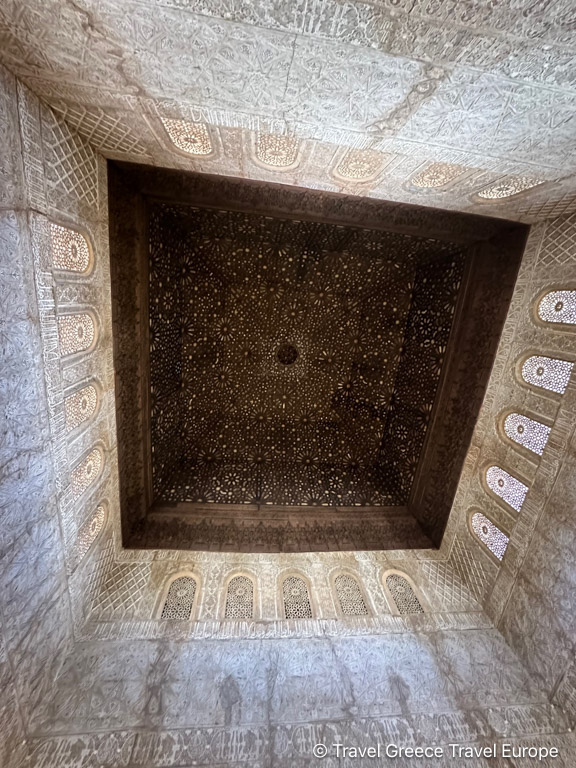
2. Generalife
The Generalife was the summer retreat for the Nasrid rulers. Wander through its peaceful gardens, especially the Patio de la Acequia, with its long reflecting pool, and enjoy panoramic views of Granada.
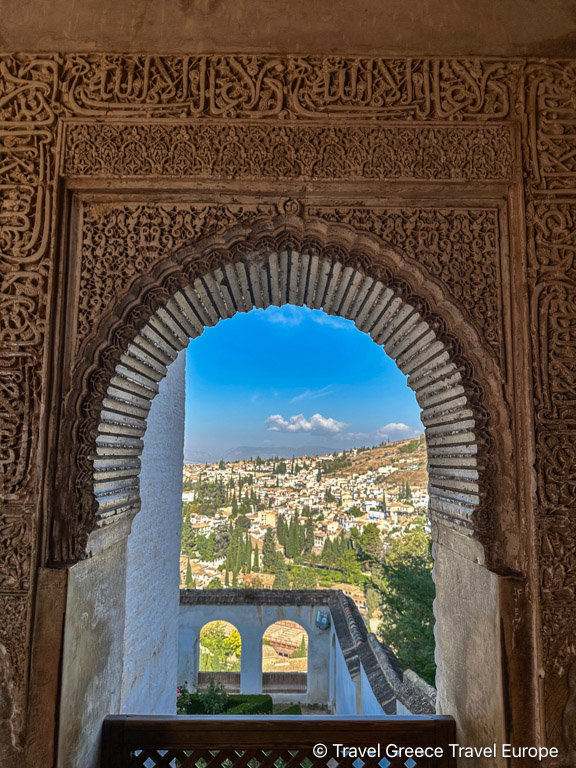
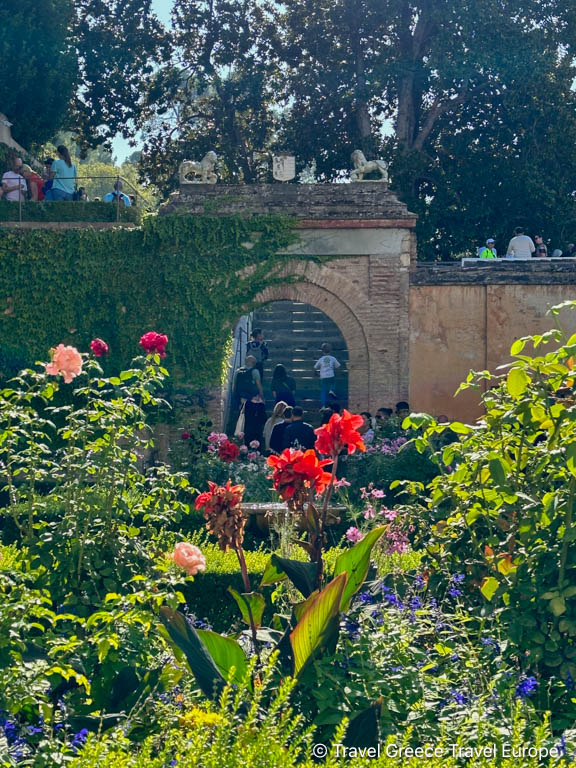
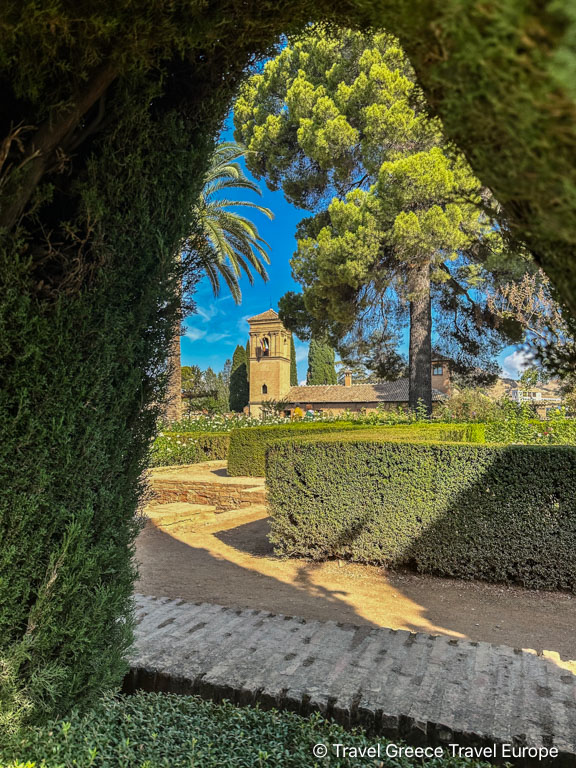
Patio de la Acequia (Courtyard of the Water Channel): This is the most famous part of the Generalife, featuring a long, rectangular pool framed by flowerbeds, fountains, and arched walkways. The gentle sound of flowing water adds to the tranquil ambiance, making it a perfect spot for reflection.
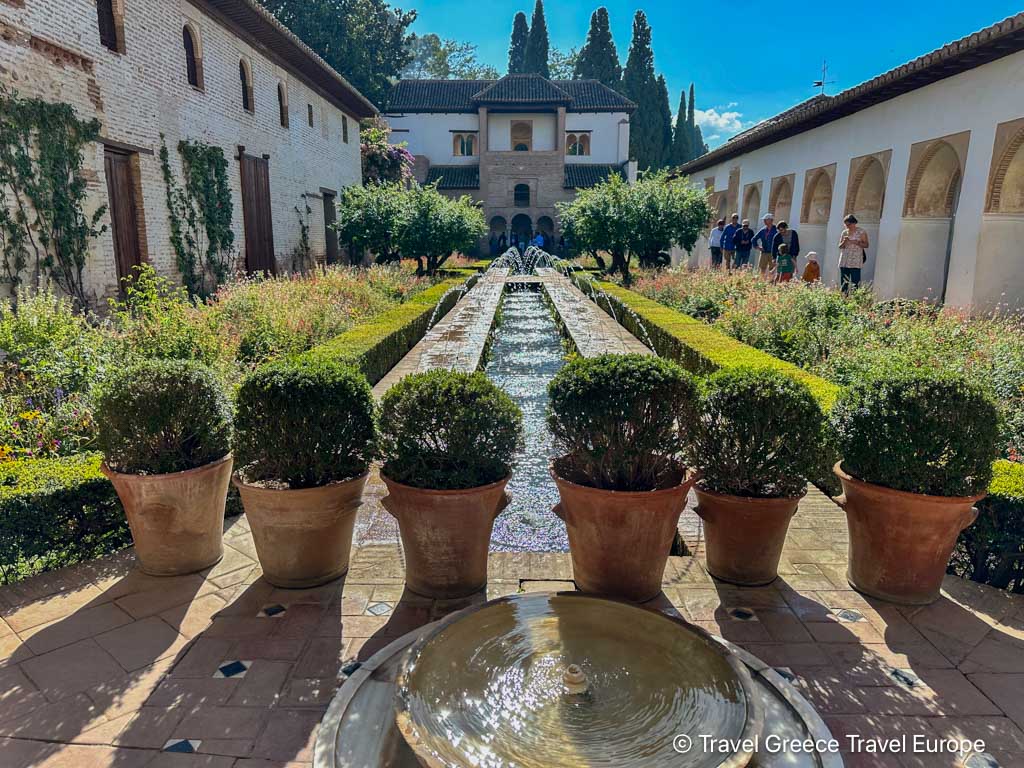
3. Alcazaba
The Alhambra’s oldest section, this fortress offers breathtaking views from the Torre de la Vela and a chance to walk along the historic ramparts.
4. Charles V Palace
Built after the Reconquista, this Renaissance palace features a striking circular courtyard and houses two museums: the Alhambra Museum and the Fine Arts Museum.
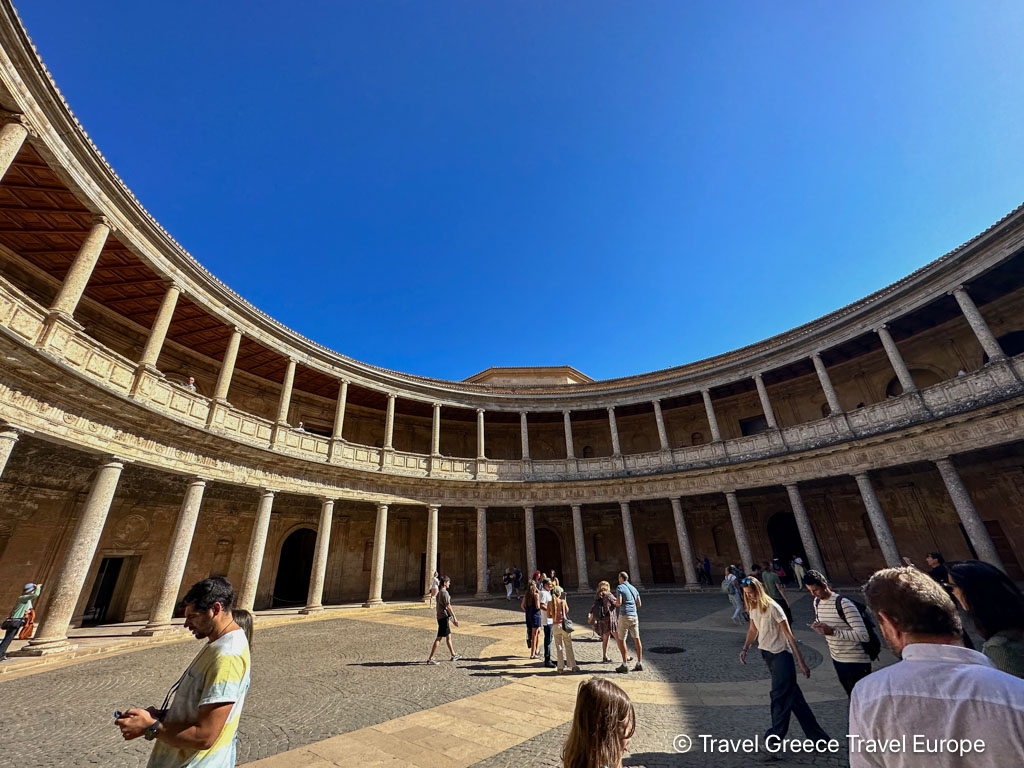
5. The Medina
Explore the ruins of the Medina, the working city within the Alhambra, where artisans and servants once lived.
Visiting Tips:
- Book Tickets Early: The Alhambra is a top tourist destination, so secure your tickets well in advance. You will need to provide your passport details when booking the tickets. You will also have to have your passport on hand when visiting the Alhambra, they will scan your passport to enter the site. In case you don’t manage to secure your tickets you can try buying the Granada Citypass which includes the Alhambra entrance ticket. Visiting the Alhambra on a guided tour is a much more rewarding experience, check out this group tour with tickets included or this premium small group tour.
- Arrive Early: To avoid crowds and fully enjoy the complex, plan to arrive as early as possible. You should not be even a minute late – given that you will be booking a specific time slot. For those who are even a minute late will not be granted access.
- Comfortable Footwear: The Alhambra is large, and you’ll be walking a lot, often on uneven surfaces. Also to get to the entrance is quite a bit of a walk uphill.
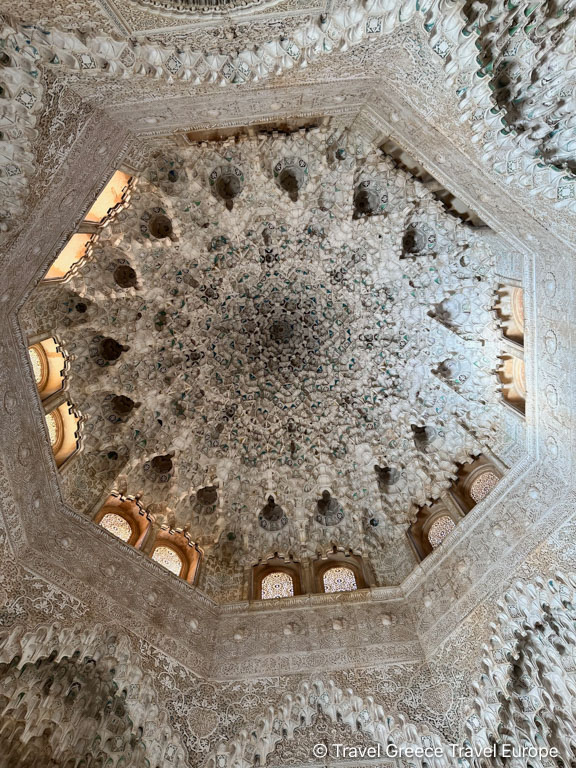
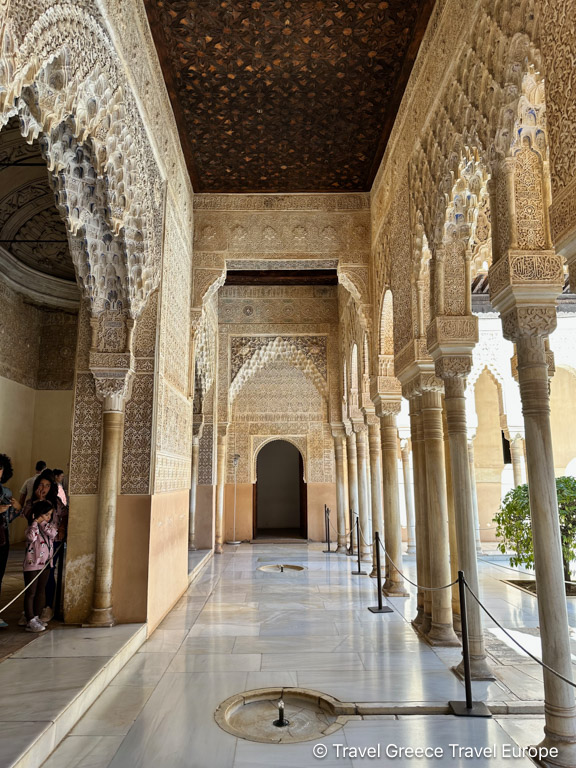
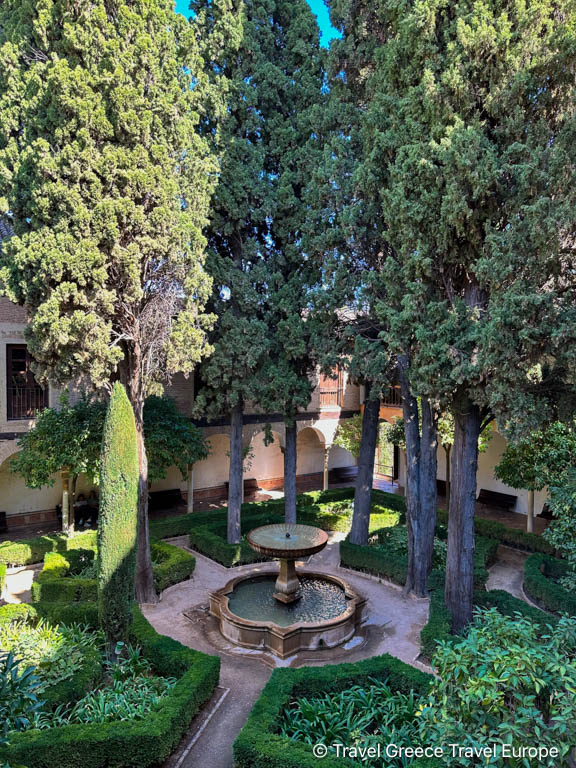
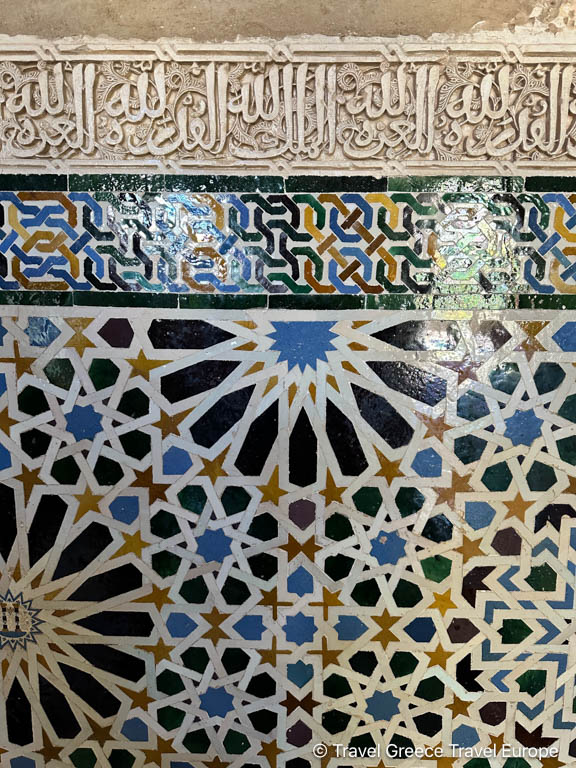
Albaicín and Mirador de San Nicolás
After the Alhambra, head to the Albaicín, Granada’s old Moorish quarter, one of the most picturesque and historically significant neighborhoods in the city. Perched on a hillside opposite the Alhambra, the Albaicín offers visitors a unique glimpse into Granada’s Islamic past, with its narrow, winding streets, whitewashed houses, and stunning views of the Alhambra and the Sierra Nevada mountains.
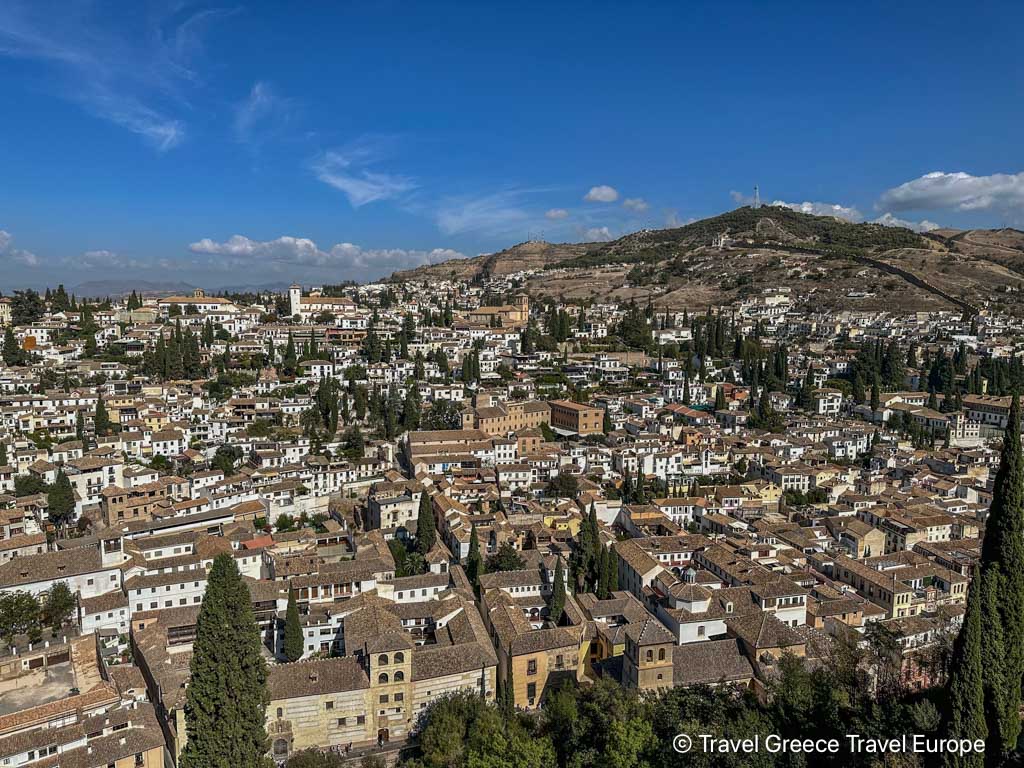
The Albaicín is a UNESCO World Heritage site, recognized for its well-preserved medieval Moorish architecture and unique character. Here are some of the key sights and experiences in this enchanting neighborhood:
Mirador de San Nicolás
The Mirador de San Nicolás is one of the most famous viewpoints in Granada, offering breathtaking panoramic views of the Alhambra, framed by the Sierra Nevada mountains. This spot is particularly popular at sunset when the Alhambra is bathed in golden light. It’s a favorite gathering place for both locals and tourists, often accompanied by live music from street performers.
Calle Calderería Nueva (The Tea Street)
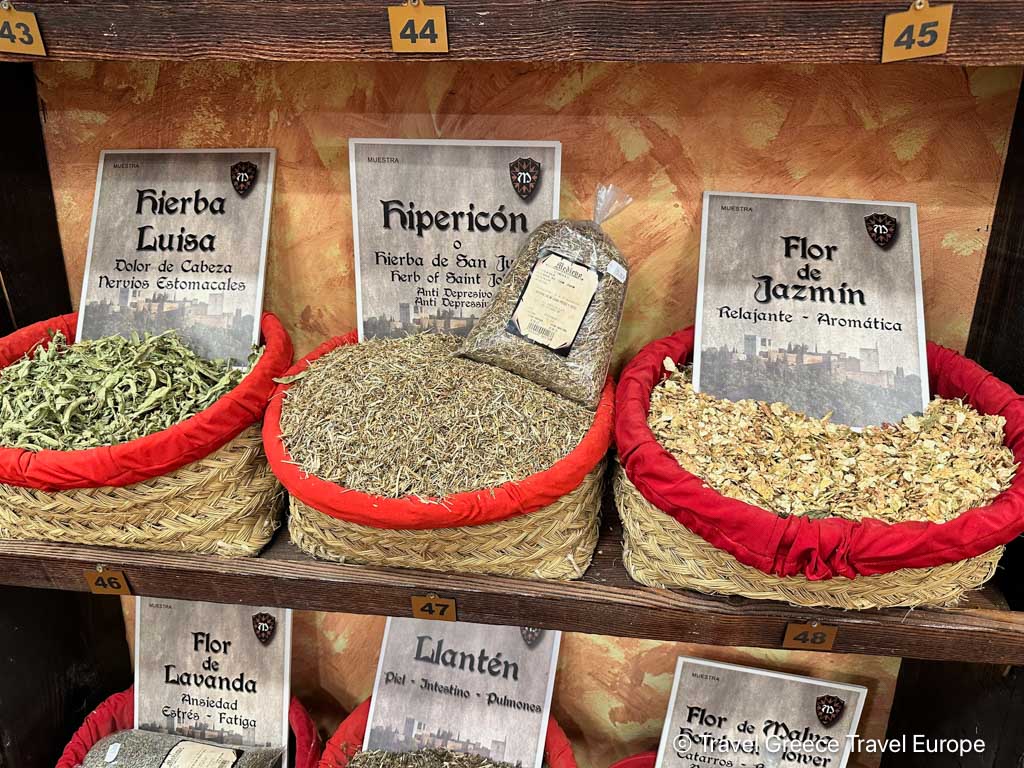
Also known as “La Calle de las Teterías,” this street is lined with traditional Arab-style tea houses (teterías), shops selling Moroccan crafts, and restaurants offering Middle Eastern cuisine. Strolling down this street feels like stepping into a different world, with the scent of spices and the sound of bubbling hookahs creating a distinctly Moorish ambiance. I do recommend buying some teas to take back home with you, the selection and flavors are wonderful.
El Bañuelo (Arab Baths)
El Bañuelo, located on Carrera del Darro, is one of the oldest and best-preserved Arab baths in Spain, dating back to the 11th century. These baths were not only places of hygiene but also social centers where people gathered to relax and discuss daily affairs. Today, visitors can explore the ancient baths and imagine what life was like during the height of the Moorish era.
Iglesia de San Salvador
This church, built on the site of a former mosque, is a fascinating example of the cultural and religious transformation that took place after the Reconquista. The courtyard still retains elements of the original mosque’s architecture, including the ablutions courtyard. The church itself is a blend of Mudéjar and Renaissance styles, reflecting the fusion of Moorish and Christian influences.
Plaza Larga and the Market
Plaza Larga is the heart of the Albaicín and a great place to experience the local atmosphere. The square is home to a vibrant market where you can buy fresh produce, local crafts, and other goods. It’s also surrounded by tapas bars and cafés, making it an ideal place to relax and soak in the neighborhood’s charm.
La Alcaicería: Granada’s Historic Market
La Alcaicería is a vibrant and historic market area in the heart of Granada, located near the Granada Cathedral. Originally, this bustling bazaar was a silk market during the Moorish period, where artisans and traders sold luxurious goods such as silk, spices, and other valuable items. Today, La Alcaicería is a maze of narrow streets lined with shops offering an array of souvenirs, traditional crafts, ceramics, textiles, and jewelry.
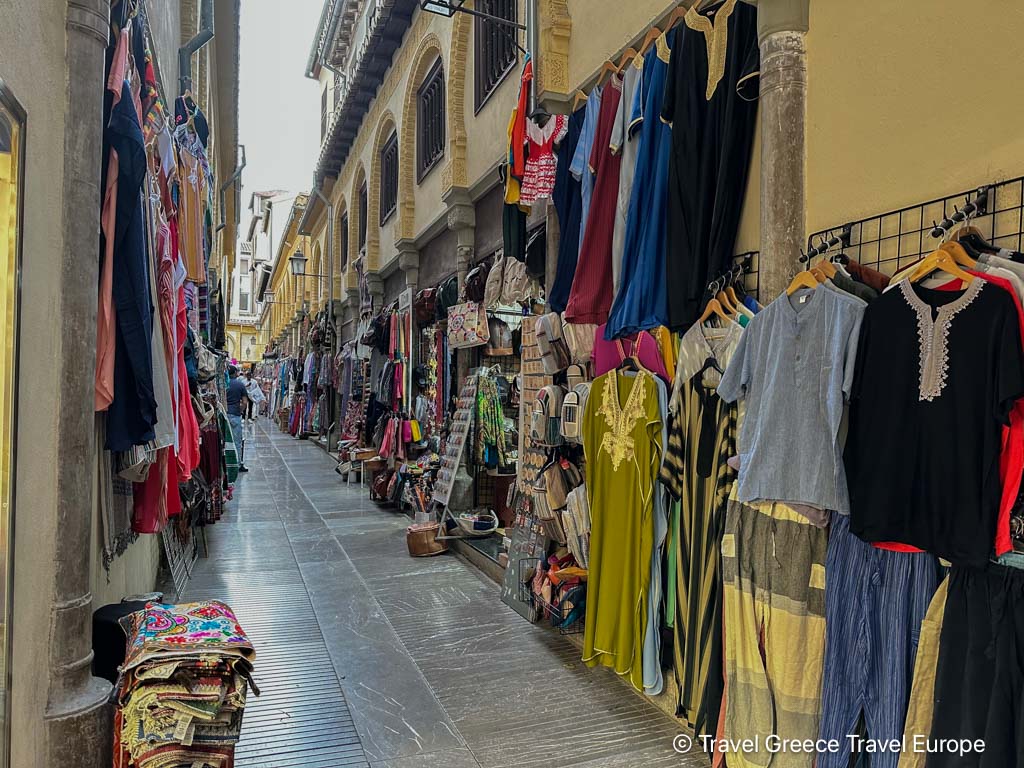
The market’s architecture, with its narrow alleys and small, colorful shops, reflects its Moorish origins, evoking the atmosphere of an ancient souk. Visitors can wander through this lively area, soaking in the scents, sights, and sounds that transport them back to Granada’s rich cultural past.
Tapas in the City Center
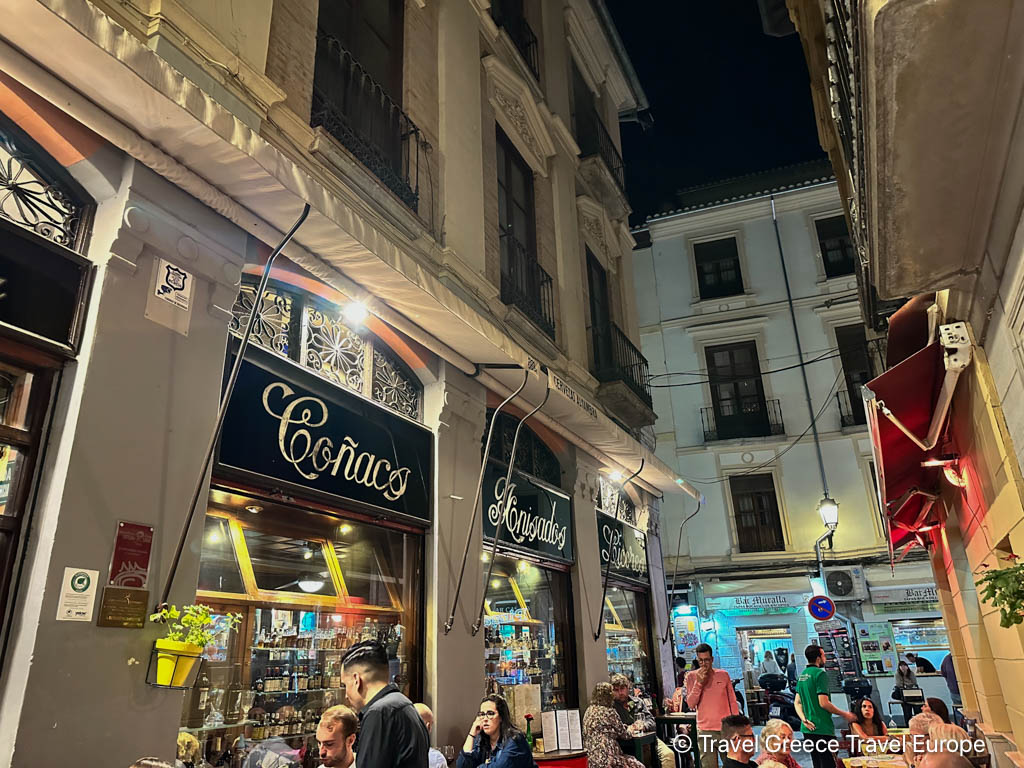
Granada is famous for its tapas culture, where ordering a drink comes with a complimentary tapa. Spend your evening in the city center, hopping from bar to bar, sampling local specialties, and soaking up the lively atmosphere. Or join a three and a half hour walking food tour where you get to discover Granada’s traditional dishes, products, and hidden gems.
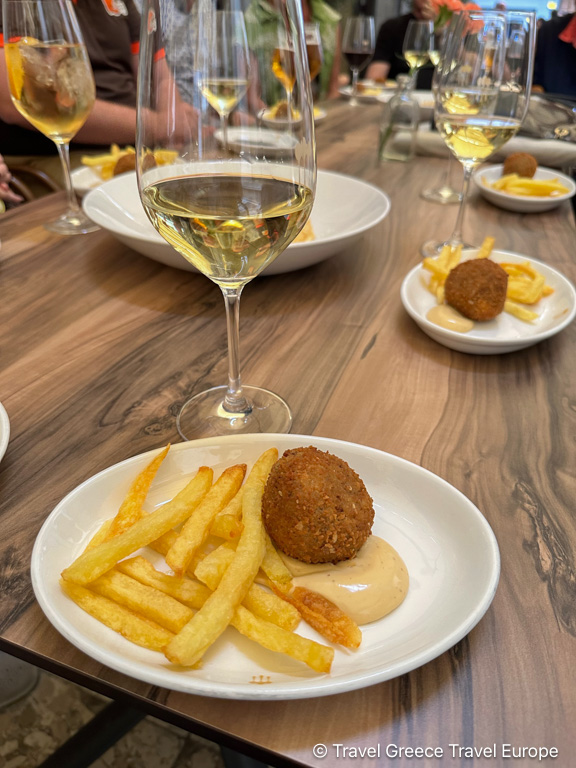
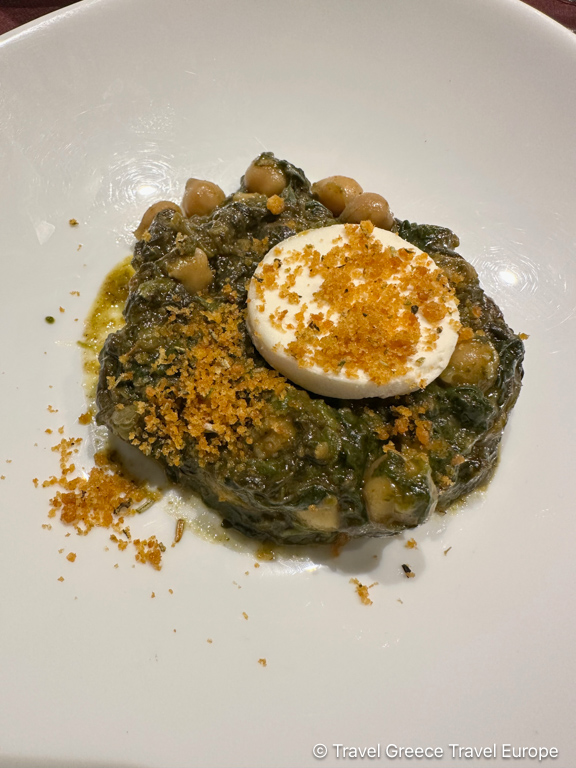

The final stop is at Restaurante Chikito, a well-known and beloved restaurant in the city which is famous for its traditional Andalusian cuisine. The restaurant has a rich history, having been a meeting place for intellectuals and artists, including the famous poet Federico García Lorca.
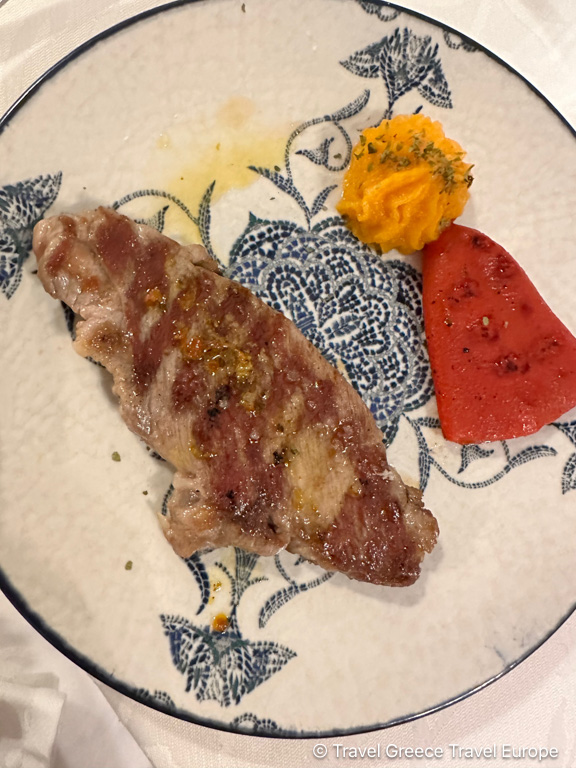
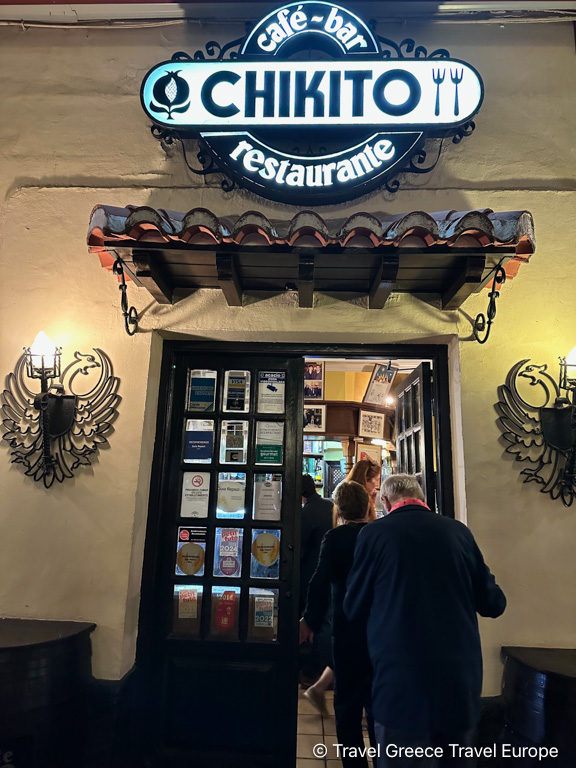
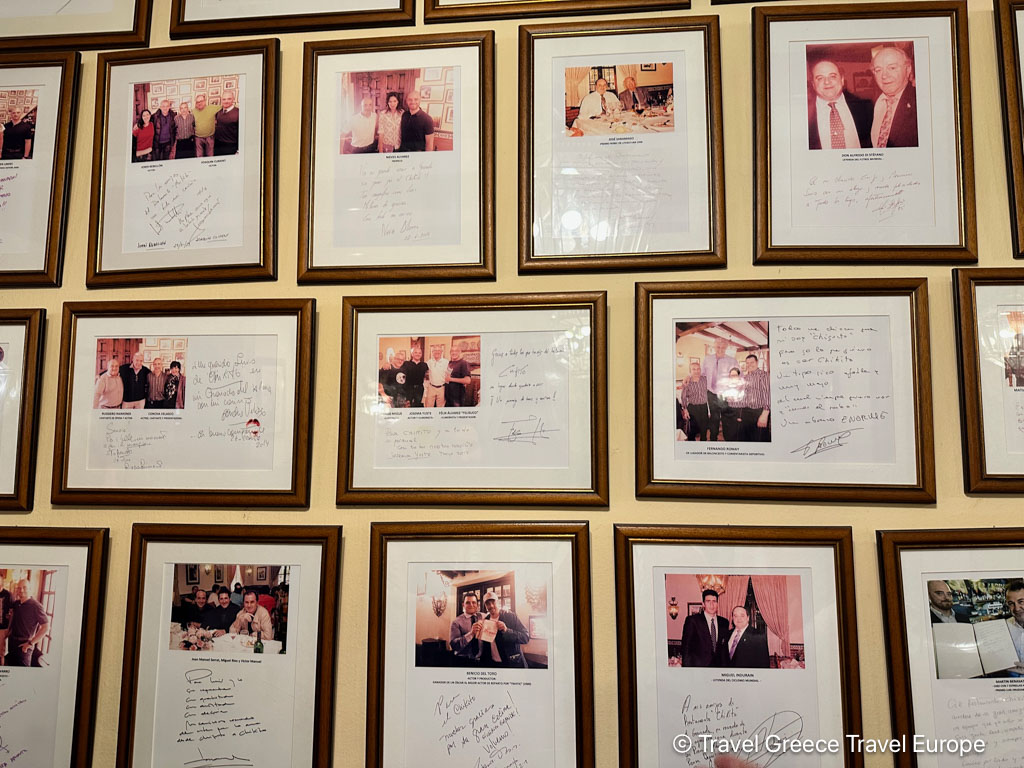
Day 2 of granada in 3 Days itinerary: Art, Culture, and Sacred Spaces
Morning: Royal Chapel and Granada Cathedral
Begin your day with a visit to the Royal Chapel, the final resting place of the Catholic Monarchs, Ferdinand and Isabella. Next door is the Granada Cathedral, a stunning example of Spanish Renaissance architecture. The cathedral’s grand interiors and intricate facades are a testament to Granada’s rich artistic heritage.
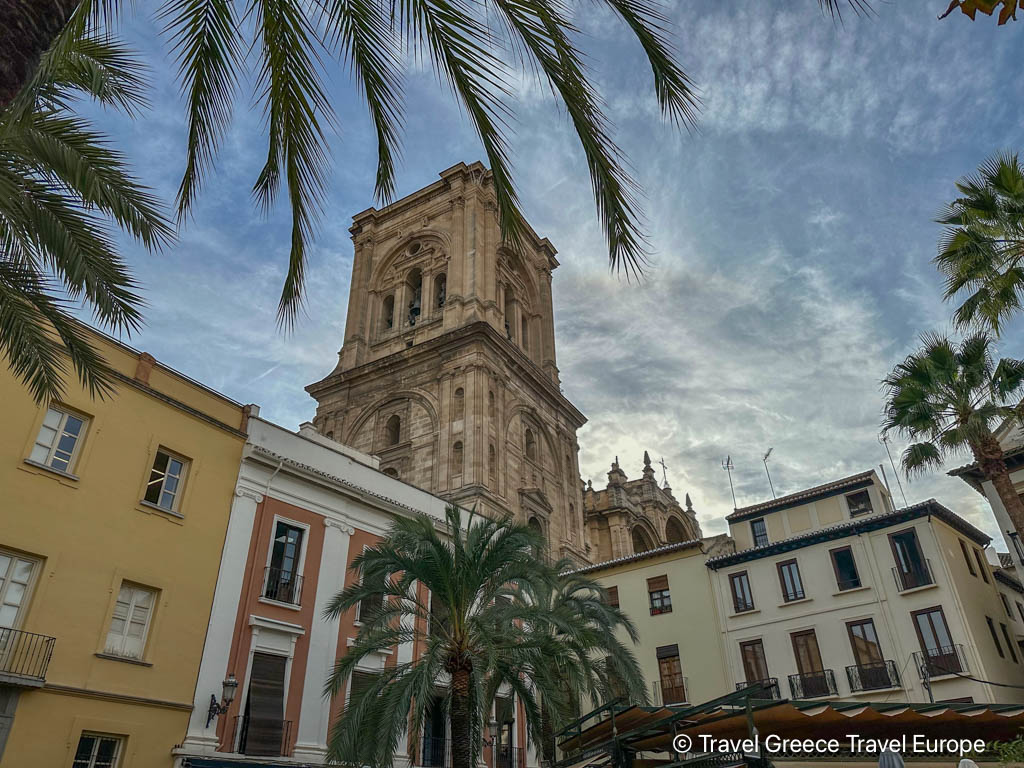
Afternoon: The Realejo and the Carmen de los Mártires
Explore the Realejo, the old Jewish quarter of Granada, known for its vibrant street art and charming Carmen houses. Don’t miss the Carmen de los Mártires, a beautiful garden that offers a peaceful retreat and stunning views of the Alhambra.
Enjoy a Traditional Moroccan Lunch at the Calle Calderería Nueva
Calle Calderería Nueva is famous for its numerous Moroccan restaurants, teahouses (teterías), and shops that sell a variety of Middle Eastern goods, such as spices, tea, sweets, lamps, textiles, and handcrafted items. The street has a distinctly Moorish atmosphere, with its colorful, lantern-lit interiors, the smell of incense, and the sound of Arabic music drifting from the shops and cafes. Here you can enjoy traditional Moroccan cuisine, including dishes like couscous, tajines, and pastries, as well as a variety of teas, such as the popular mint tea, in these charming establishments.
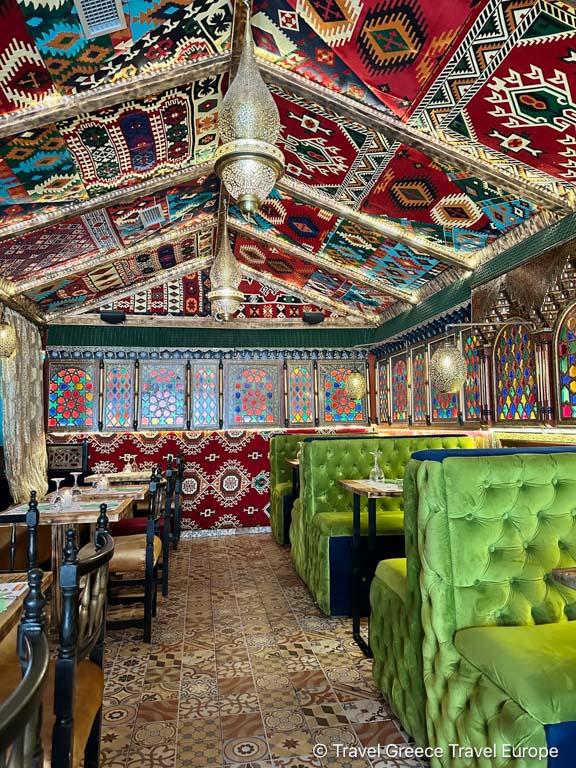
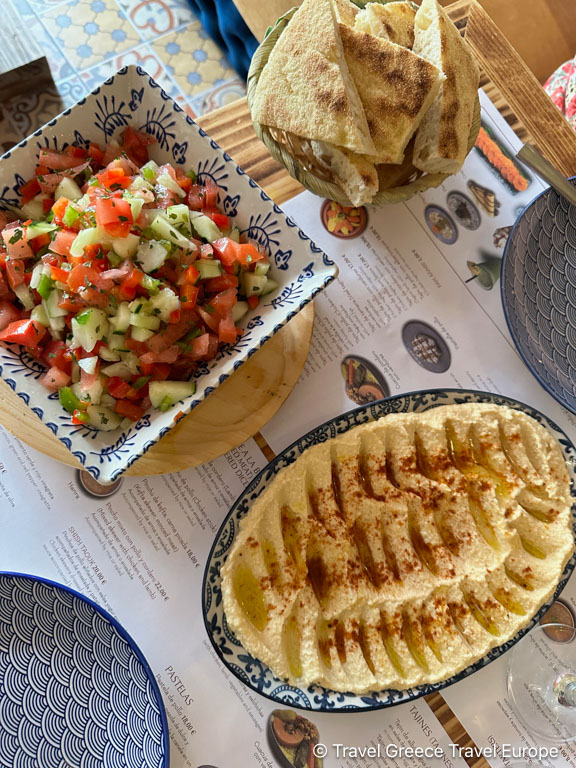
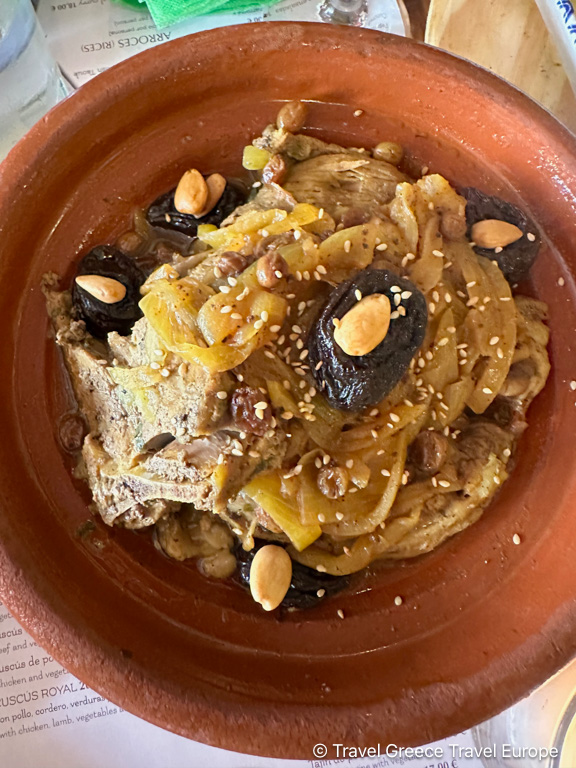
Walking down this street is like stepping into a Moroccan bazaar, making it a unique cultural experience in Granada. We had lunch at the Bab Mansour (C.Elvira 11) and everything we had was delicious.
end your Evening in Sacromonte: The Soul of Granada’s Flamenco Tradition
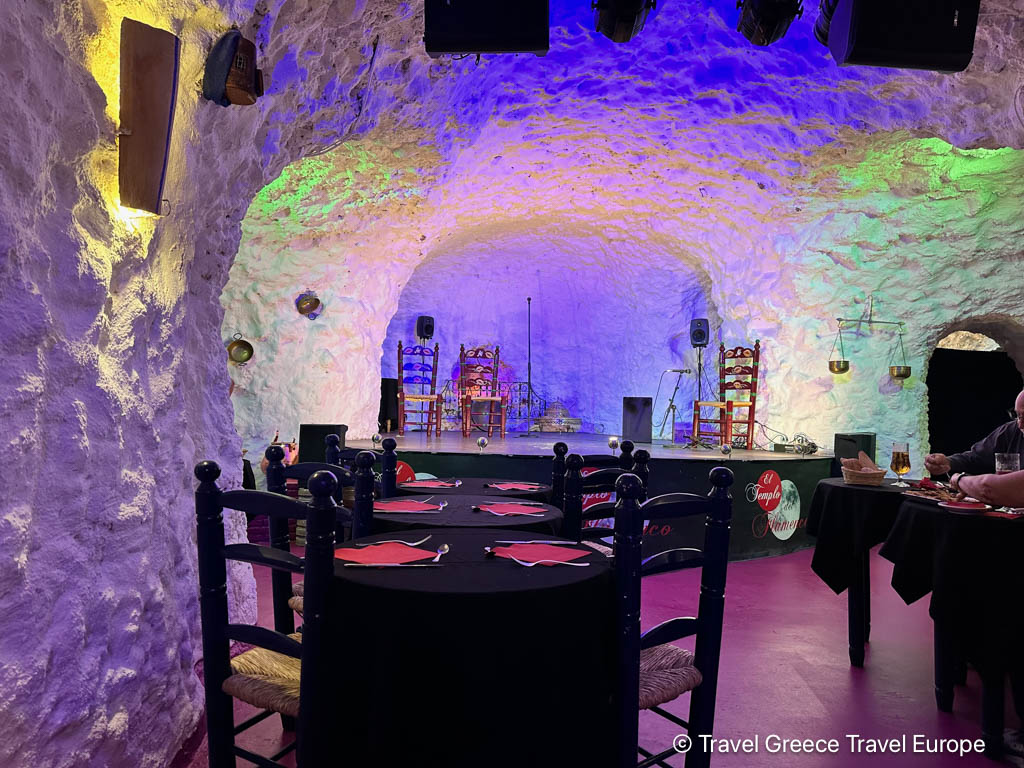
Sacromonte is one of Granada’s most enchanting and culturally rich neighborhoods, perched on a hillside just east of the Albaicín. This area is renowned for its whitewashed cave dwellings, stunning views of the Alhambra, and, most notably, its deep connection to flamenco—a passionate and expressive art form that is an integral part of Andalusian culture.
A Brief History of Sacromonte
Sacromonte has long been associated with the Romani (Gitano) community, who settled in Granada after the Reconquista in the late 15th century. The neighborhood’s iconic cave homes, known as cuevas, were carved directly into the soft hillsides, providing shelter for the Gitanos and others who sought refuge here. Over time, these caves became the heart of Sacromonte’s vibrant cultural life, particularly as a cradle for flamenco music and dance. You might also enjoy taking an Albaicin and Sacromonte Electric Bike Tour.
Flamenco in the Caves
The caves of Sacromonte are where flamenco truly comes alive. In these intimate, dimly lit spaces, the soulful rhythms of the guitar, the intense singing, and the passionate dance of flamenco resonate deeply, creating an atmosphere that is both electrifying and deeply emotional. The tradition of performing flamenco in the caves dates back centuries, rooted in the Romani community’s musical heritage, which blended with the influences of Moorish, Jewish, and indigenous Andalusian cultures.
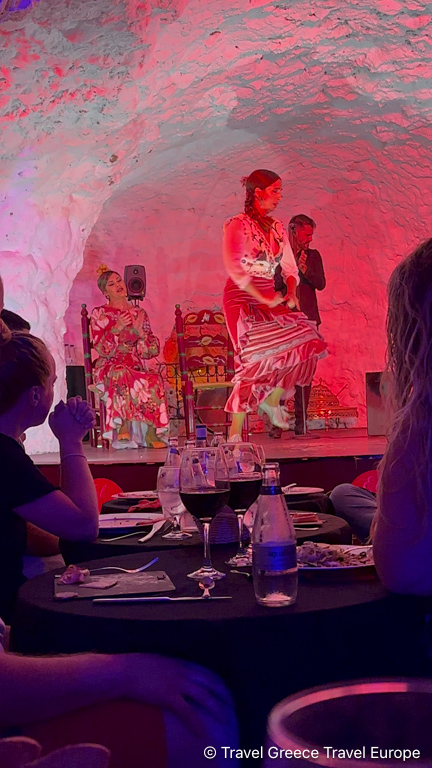
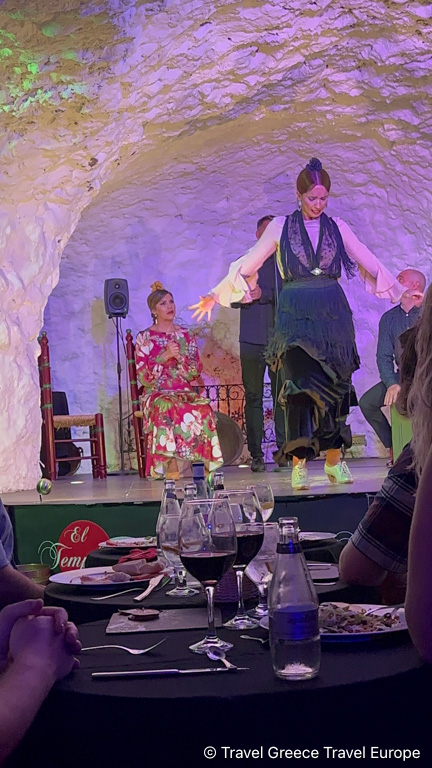
These cave performances, known as zambras, are a unique form of flamenco that originated in Sacromonte. I highly recommend this experience at Templo del Flamenco. You can opt for the show and drink option or with a dinner.
Day 3: Nature and Relaxation
On your third and final day of your 3 days in Granada itinerary you can take one of the following day trips:
Sierra Nevada Day Trip
For your final day, venture into the Sierra Nevada mountains, located just 30 minutes from Granada. Whether you enjoy hiking, skiing (in the winter), or simply taking in the breathtaking views, the Sierra Nevada offers a perfect nature escape. You might like to opt for an organized hiking tour or join a 4×4 tour.
Alpujarra Day Trip
Exploring the Alpujarra region offers a blend of natural beauty, cultural heritage, and traditional Andalusian charm. Here’s a detailed itinerary of what we did on the Alpujarra Villages Guided Day Tour that includes some of the best stops along the way, each offering a unique glimpse into the heart of this picturesque region.
Puente de Tablate
We started our 7 hour tour with a stop at the Puente de Tablate, a historic bridge that marks the entrance to the Alpujarra region. This impressive bridge, perched above the deep Tablate Gorge, has historical significance as a strategic point during the Moorish period.
The current bridge, built in the 19th century, offers a breathtaking view of the gorge and the surrounding landscape, making it a perfect spot for photography
Mirador de Poqueira
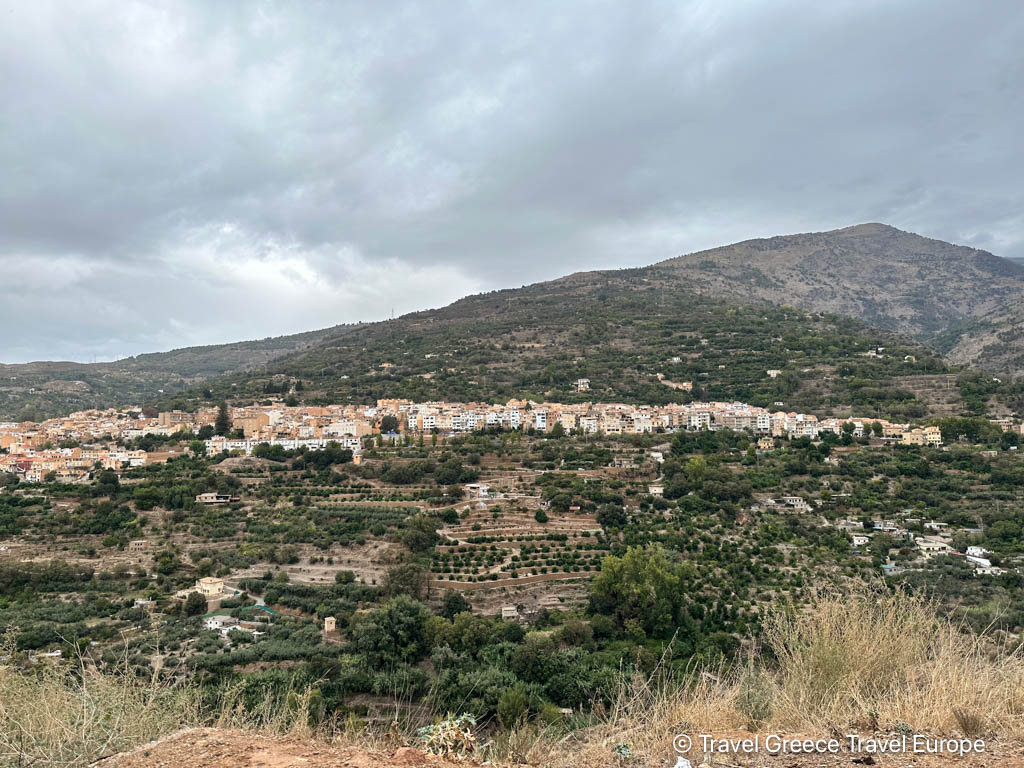
Continuing deeper into the Alpujarra, we stopped at the Mirador de Poqueira, a viewpoint offering stunning panoramic views of the Poqueira Gorge. From this vantage point, you can see the three famous villages—Pampaneira, Bubión, and Capileira—nestled in the rugged mountainside. The dramatic landscape, with its terraced fields, ancient chestnut trees, and distant peaks of the Sierra Nevada, provides a breathtaking backdrop for photos.
Capilerilla
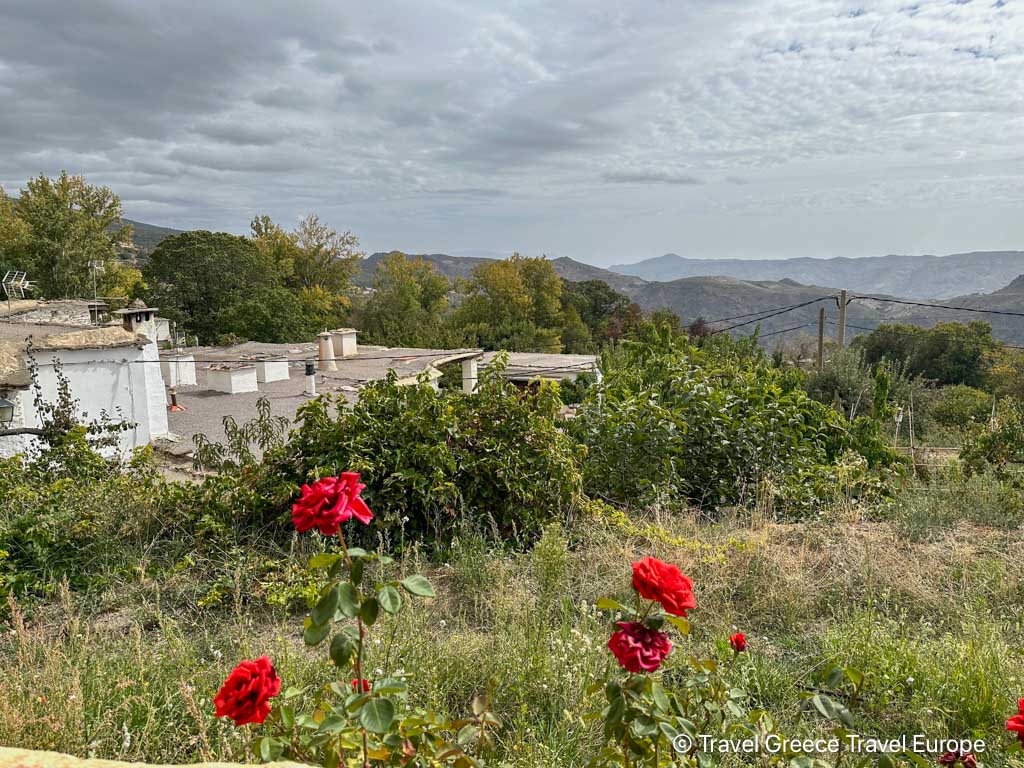
We then headed to Capilerilla, one of the lesser-known but equally enchanting villages in the Alpujarra. Located just above the Poqueira Gorge, this small, quiet village offers a more intimate look at traditional Alpujarran life. The village is known for its well-preserved architecture, narrow streets, and the tranquil atmosphere that seems untouched by time.
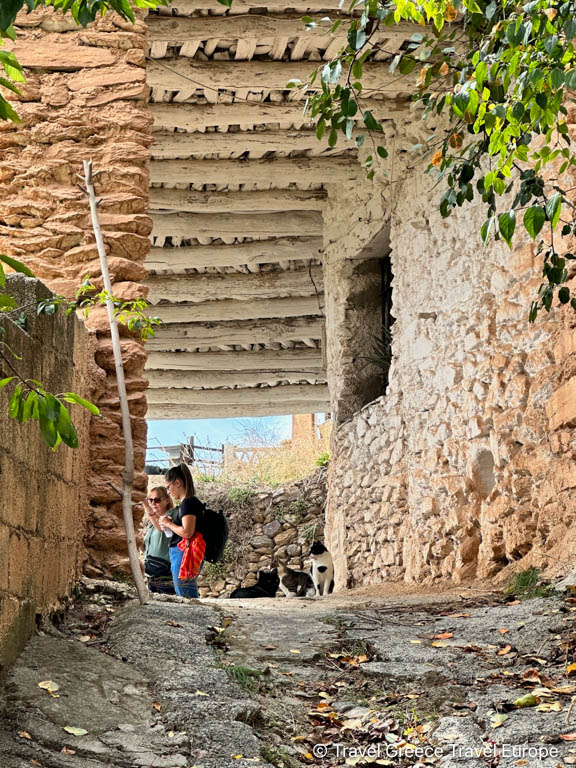
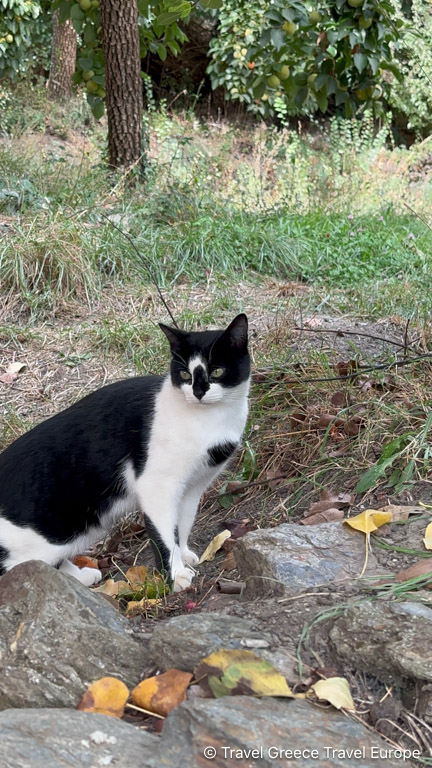
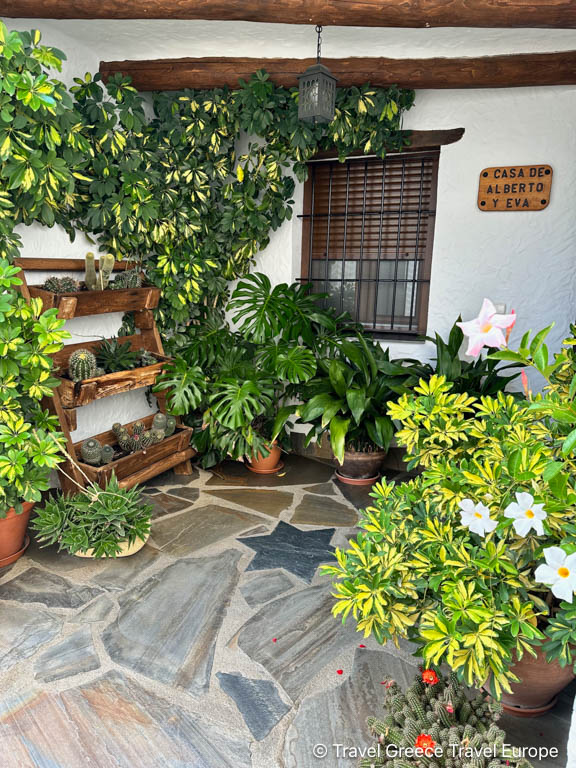
On our guided tour, we explored the village’s charming streets and walked towards the next village which is Pitres. Capilerilla is also a great place to learn about the area’s agriculture, including terraced farming techniques that have been used for centuries.
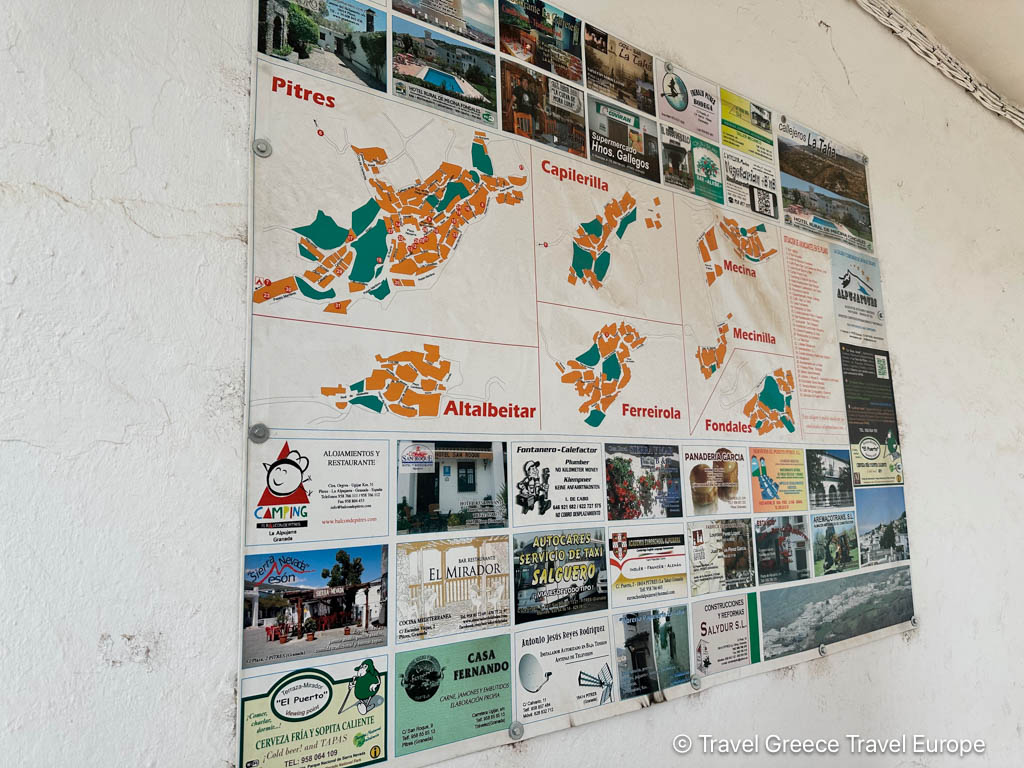
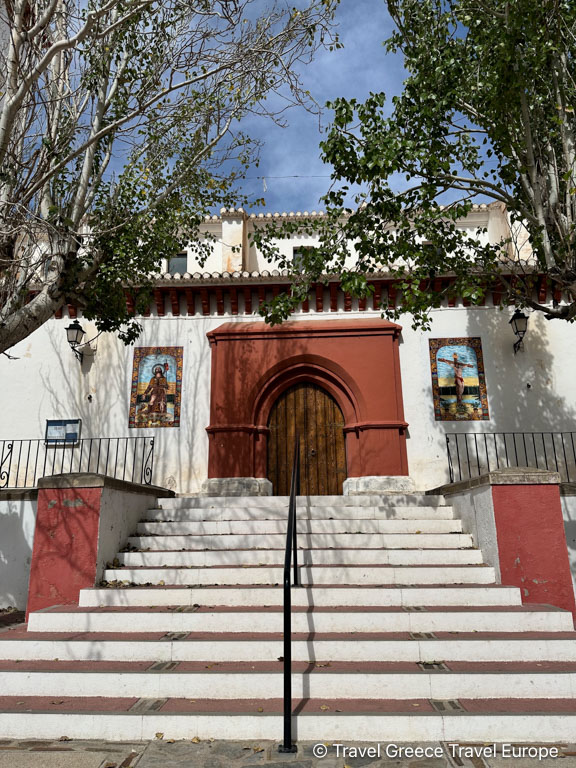
Ermita, Fuente Agria
We also visited the Ermita de San Isidro Labrador and Fuente Agria in Pórtugos. The Ermita (chapel) is a small, charming structure dedicated to San Isidro, the patron saint of farmers, and it reflects the deep religious traditions of the local people.
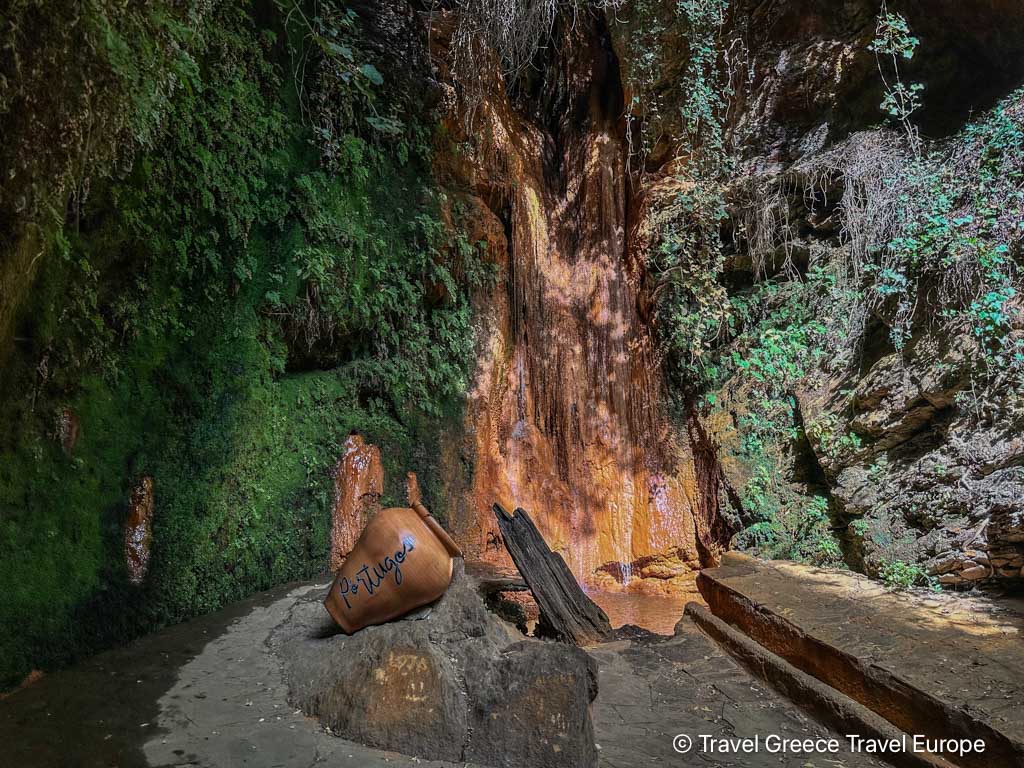
Nearby is the Fuente Agria, a natural spring famous for its reddish, iron-rich waters believed to have healing properties. The spring cascades down over rock formations, creating a striking visual effect
Pampaneira
We then headed to Pampaneira, one of the most famous and picturesque villages in the Alpujarra.
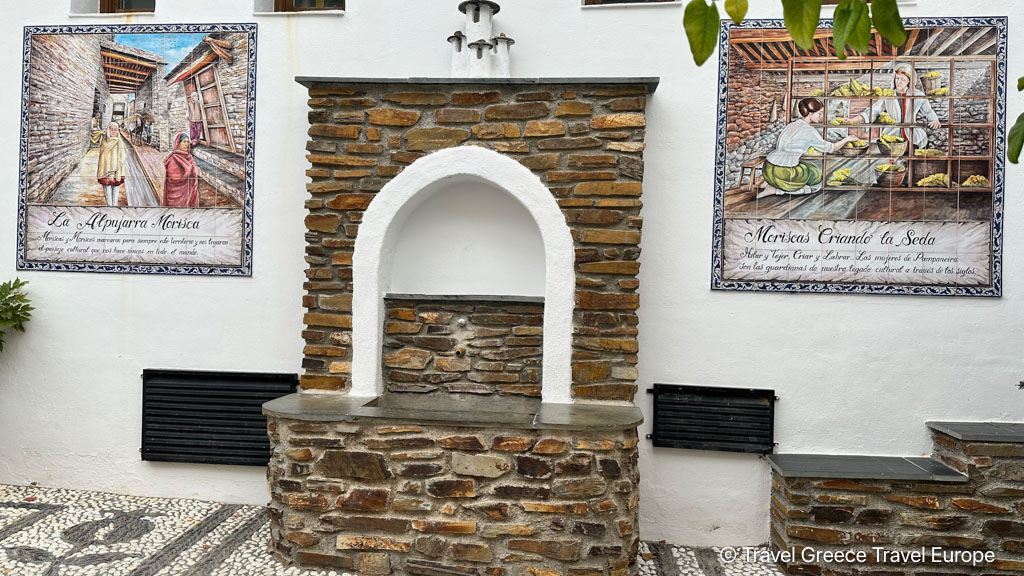
We wandered through Pampaneira’s narrow, winding streets, lined with traditional whitewashed houses adorned with colorful flower pots. The village is known for its vibrant artisan shops, where you can find handmade textiles, ceramics, and other crafts.
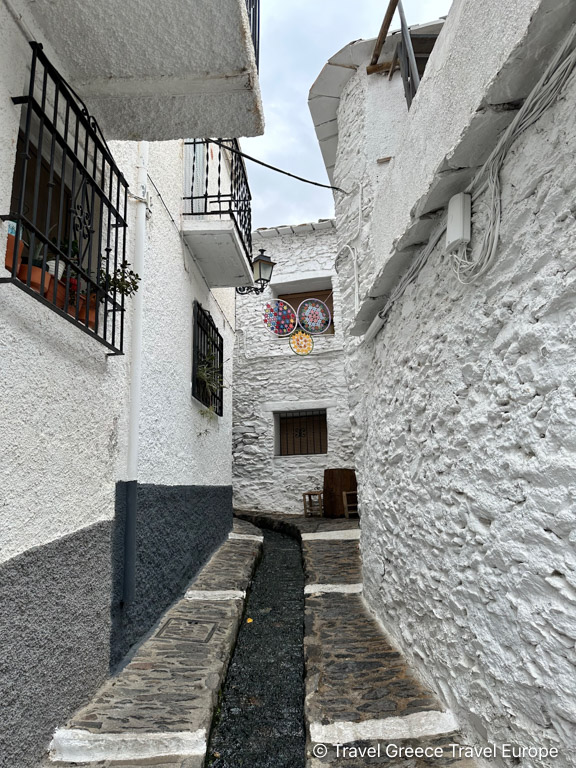
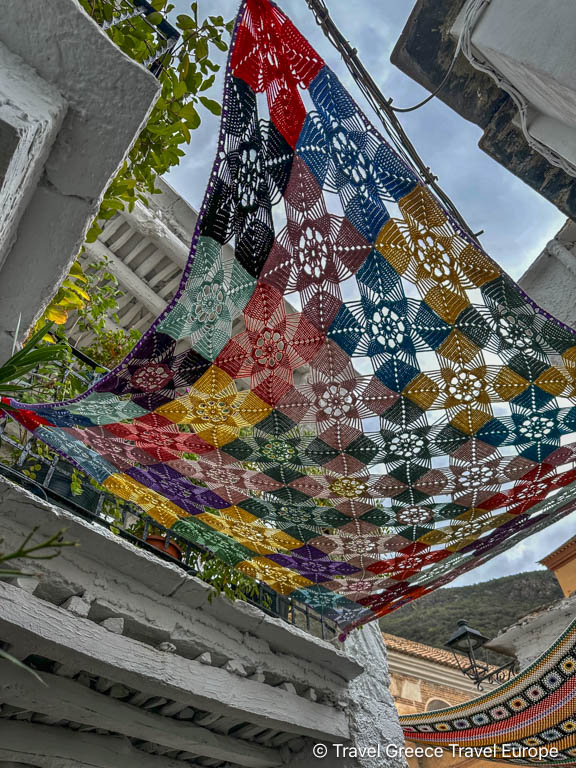
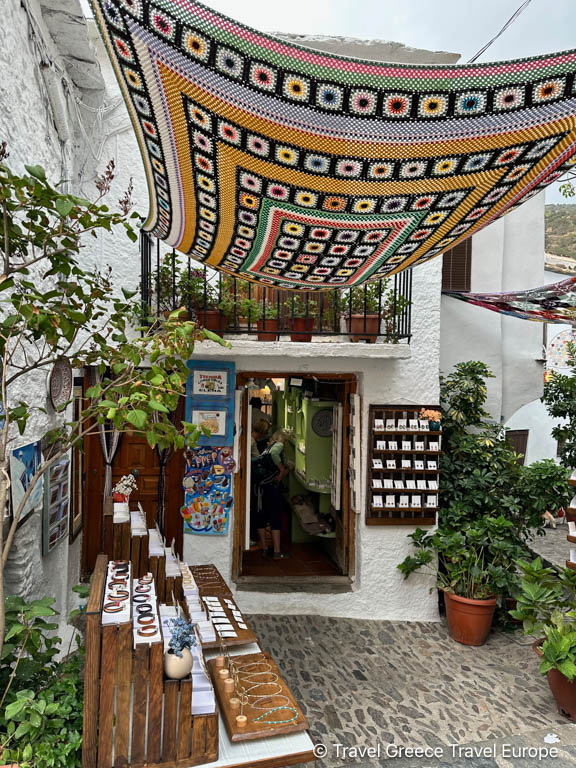
Pampaneira is particularly famous for its handwoven textiles. These include colorful rugs and blankets known as jarapas, which are made from recycled fabric and are a staple of Alpujarran culture.
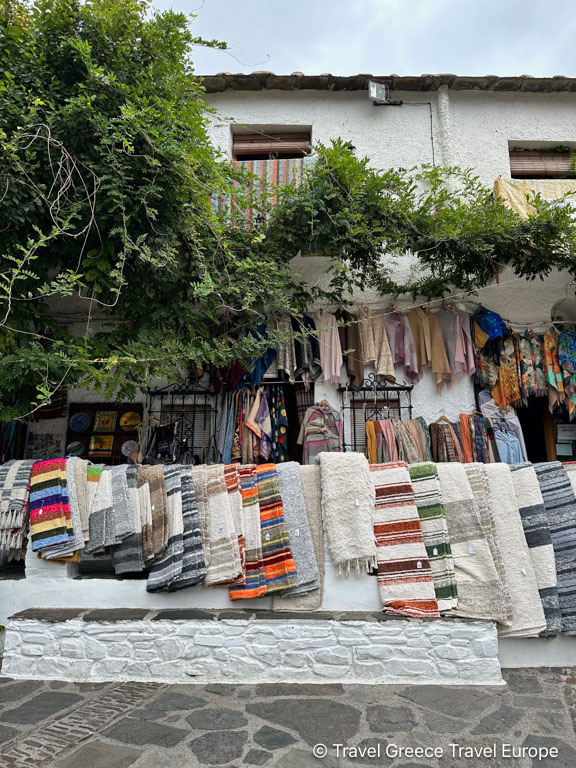
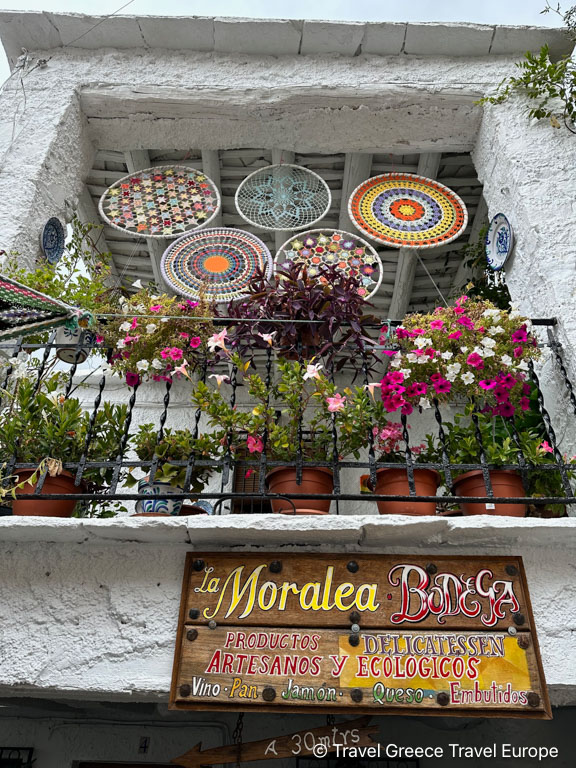
Don’t miss a visit to the Iglesia de Santa Cruz, the village’s main church, which features beautiful Mudejar-style architecture. At the town square, Plaza de la Libertad, you can enjoy the local atmosphere and perhaps sample some of the region’s delicious products, such as honey, cheese, and cured meats.
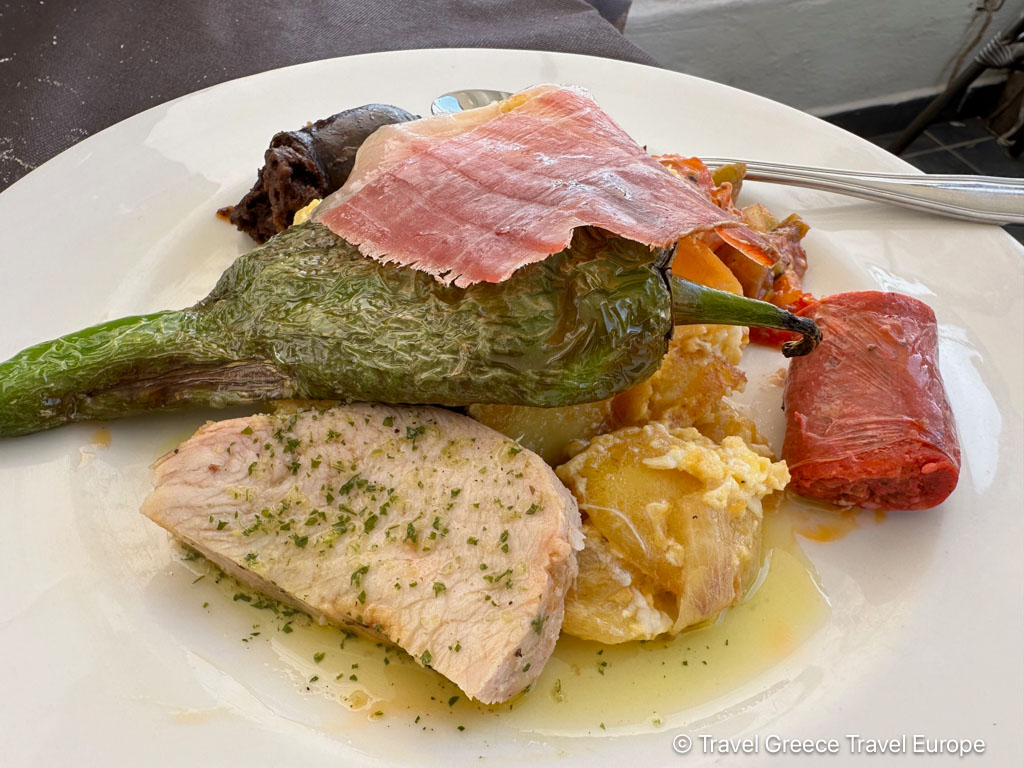
The village is a great place to try traditional Alpujarran dishes such as plato alpujarreño (a hearty dish of fried potatoes, eggs, chorizo, and jamón serrano) and locally produced cheeses and cured meats. If you like avocados, Andalusia is known for its very tasty avocados which you can find on many menus in the region. After out hearty meal we headed back to Granada.
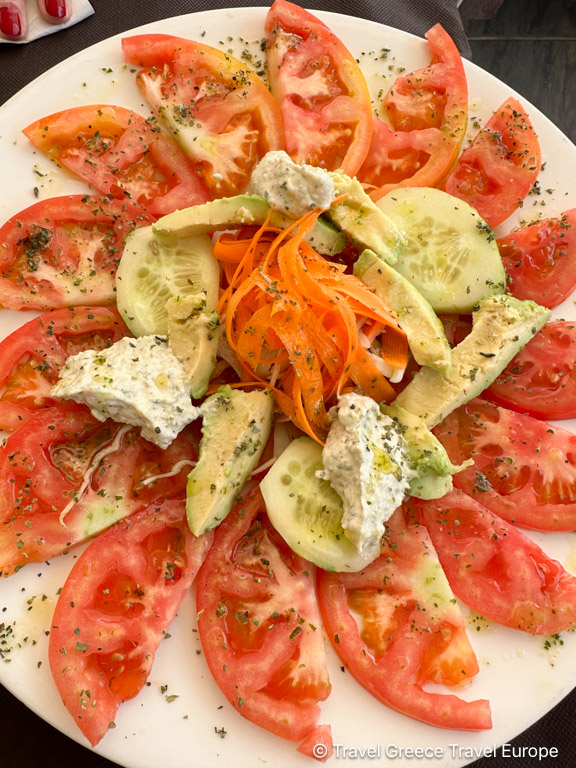
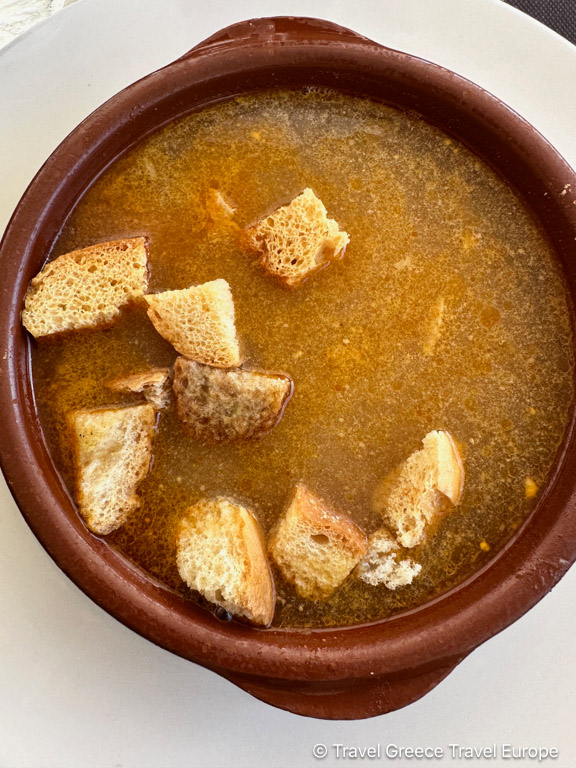
Hammam Al Ándalus
After a morning in the mountains, unwind at the Hammam Al Ándalus, a traditional Arab bathhouse. Relax in the warm, scented waters and let the soothing ambiance transport you back in time. Reserve your spot here.
Evening: Sunset at the Alhambra
There’s no better way to conclude your three days in Granada than by watching the sunset over the Alhambra. Head back to the Mirador de San Nicolás or find a cozy spot in the Albaicín to witness the Alhambra bathed in the golden light of dusk—a moment that will stay with you long after you’ve left Granada.
Where to Stay in Granada: Top Hotel Recommendations
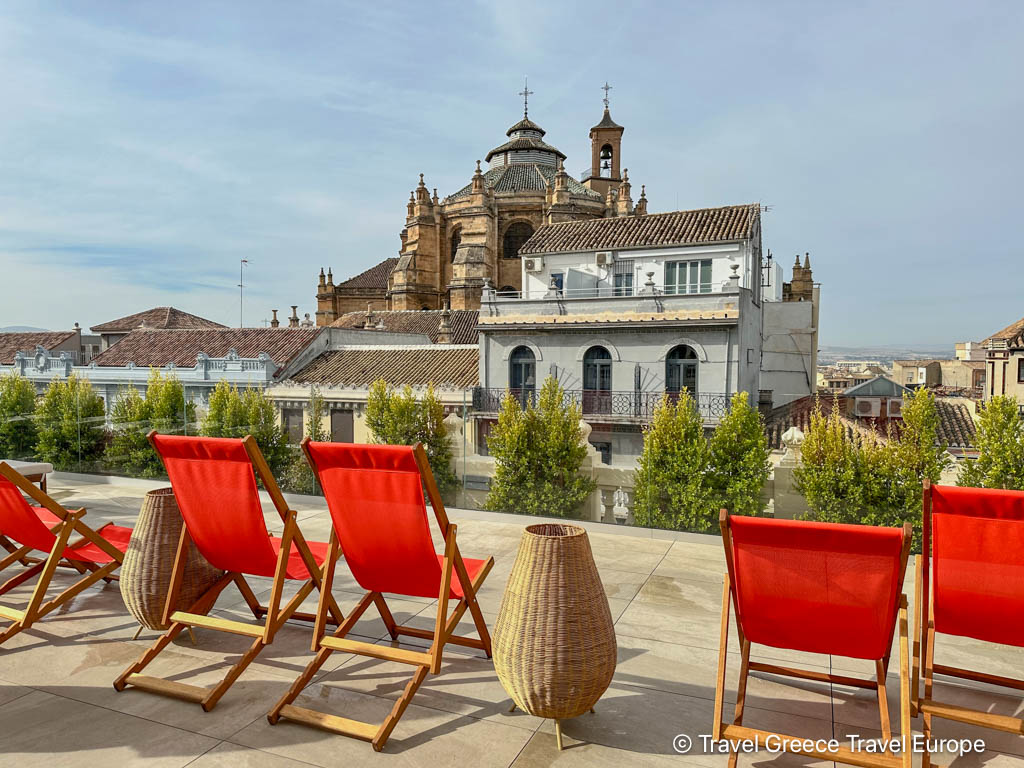
Granada offers a wide range of accommodations to suit every taste and budget, from luxurious boutique hotels to charming guesthouses nestled in historic neighborhoods. Whether you’re looking to stay in the heart of the city or in a quieter, more traditional setting, Granada has something for everyone. Here are five top hotel recommendations:
Palacio Gran Vía, a Royal Hideaway Hotel
Located on the bustling Gran Vía de Colón, one of Granada’s main arteries, Palacio Gran Vía, a Royal Hideaway Hotel is a modern and stylish hotel that offers a convenient base for exploring the city. This boutique hotel is housed in a beautifully restored historic building, combining contemporary comfort with classic elegance.
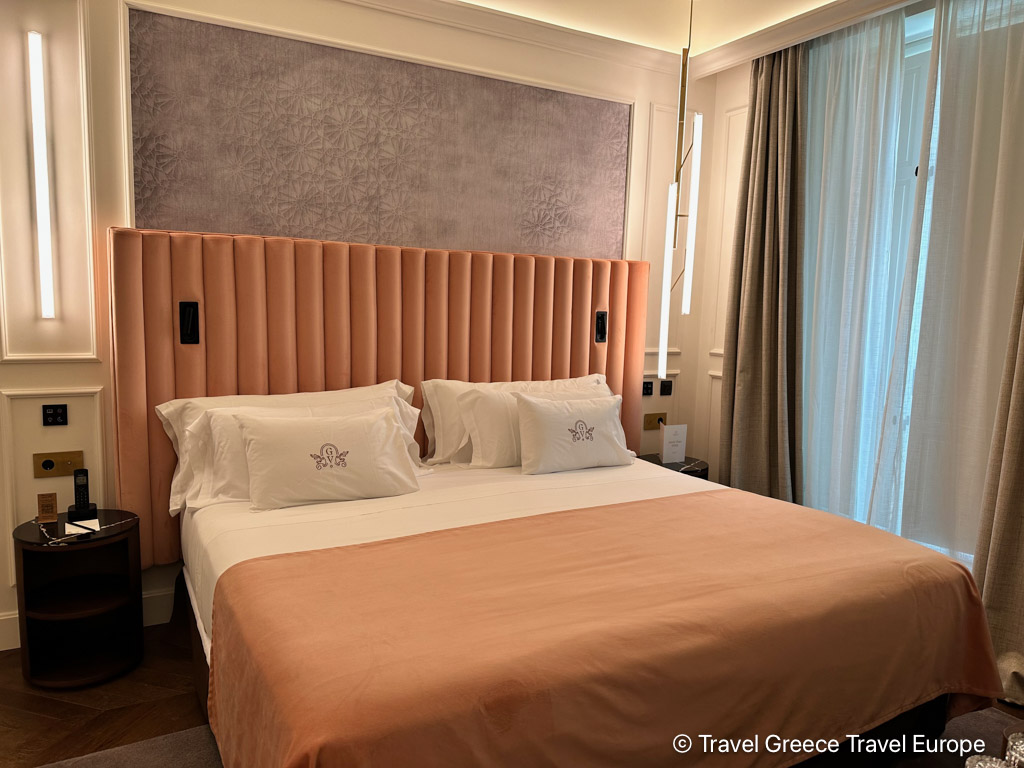
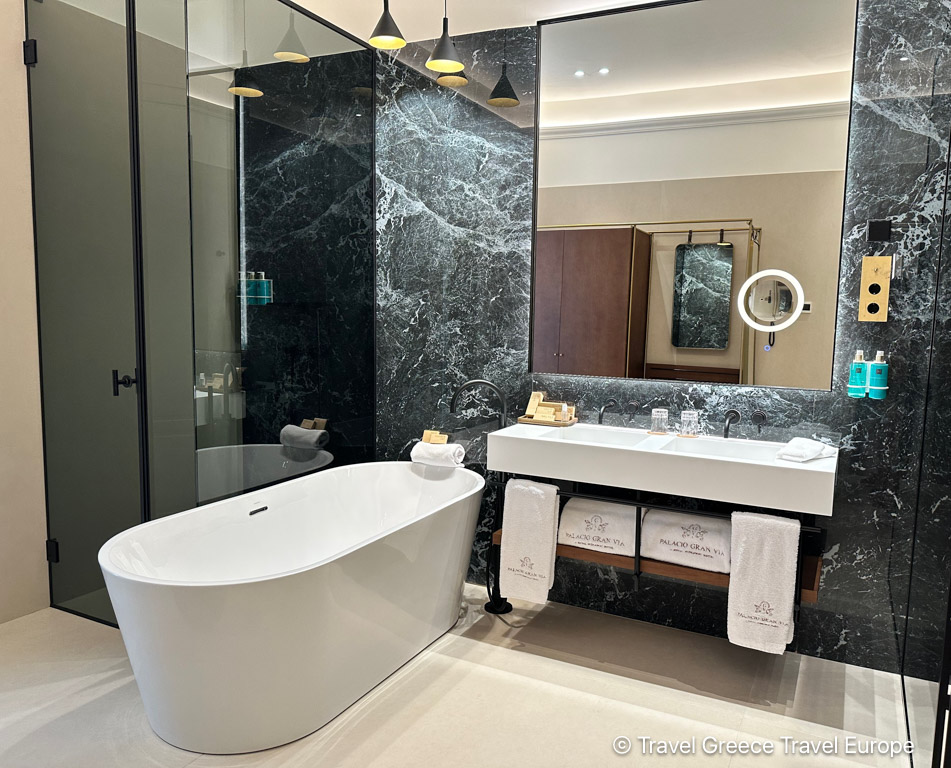
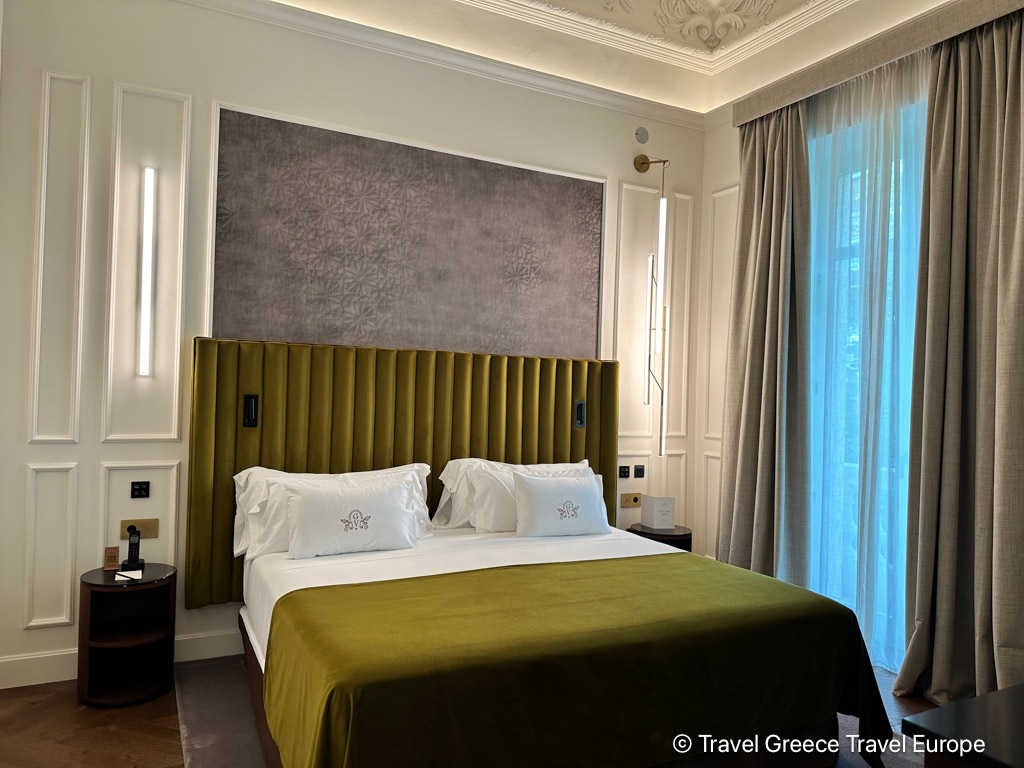
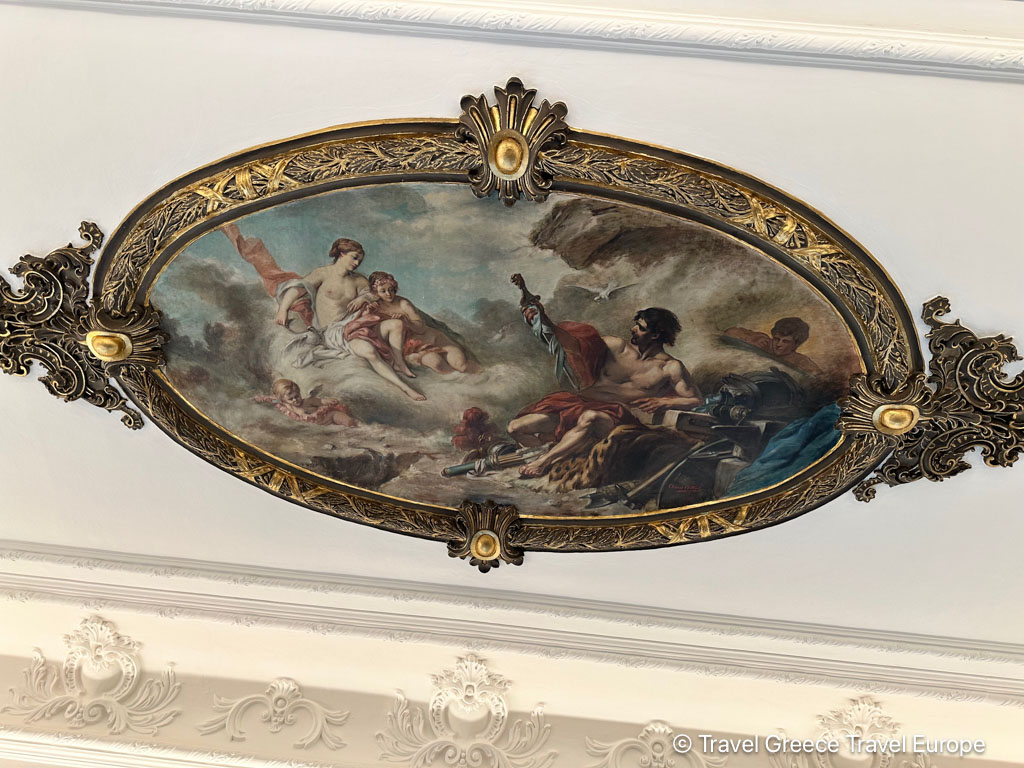
Guests appreciate its central location, just a short walk from the Granada Cathedral, the Albaicín, and the Alhambra. The hotel features well-appointed rooms with modern amenities, and some even offer views of the Alhambra or the Sierra Nevada mountains. Its proximity to shops, restaurants, and cultural attractions makes it an excellent choice for first-time visitors.
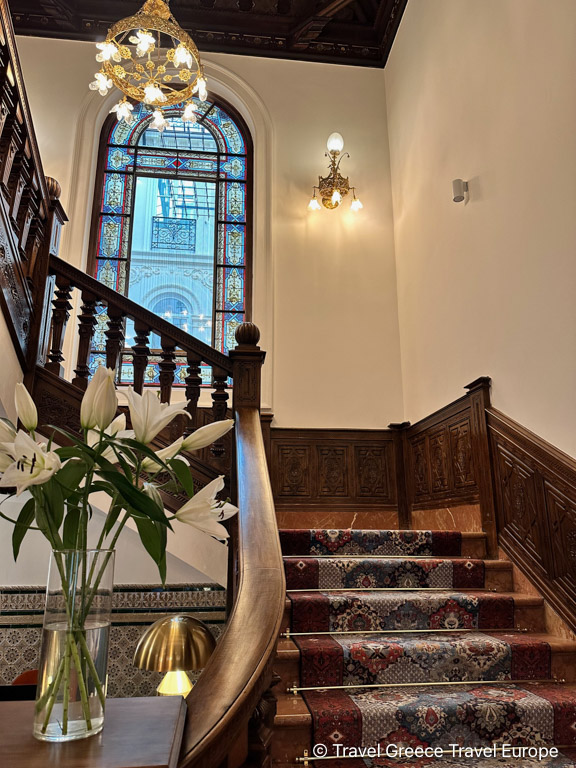
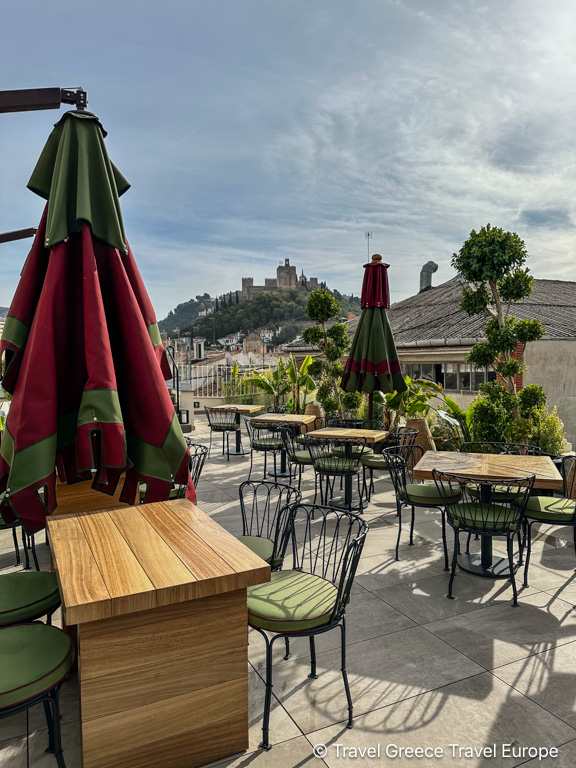
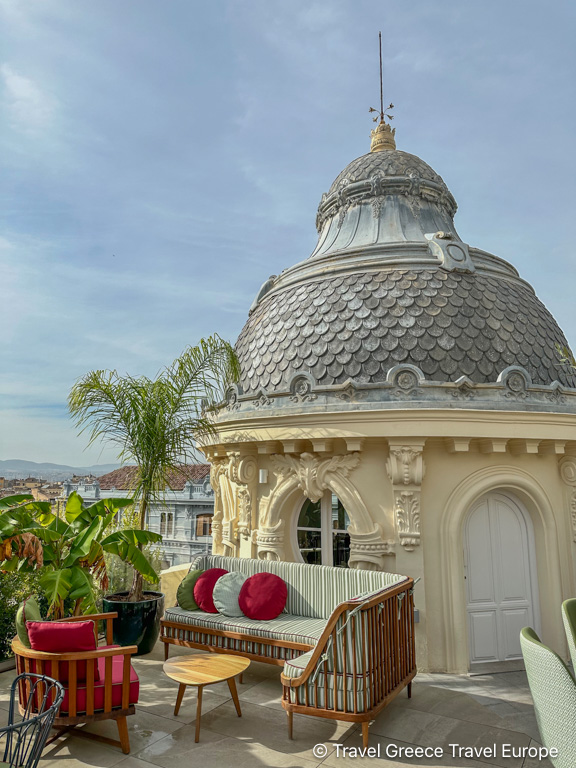
Parador de Granada
For a truly unique experience, stay at the Parador de Granada, located within the Alhambra complex itself. This luxury hotel is set in a former 15th-century convent, offering guests the chance to immerse themselves in history while enjoying modern comforts. The hotel’s interiors blend Moorish and Renaissance elements, creating an atmosphere of refined elegance. Rooms are spacious and beautifully decorated, and the hotel’s restaurant serves traditional Andalusian cuisine with a contemporary twist. The gardens and terraces offer stunning views of the Alhambra and the surrounding city, making it a perfect retreat for history lovers and those seeking a romantic getaway.
Hotel Casa 1800 Granada
Nestled in the heart of the Albaicín, Hotel Casa 1800 Granada is a charming boutique hotel that captures the essence of Granada’s Moorish past. This 17th-century mansion has been meticulously restored, preserving its original architecture while offering modern amenities. The hotel’s interior courtyard, with its traditional Andalusian tiles and fountain, provides a tranquil escape from the city’s hustle and bustle. Guests love the hotel’s central location, just a short walk from the Alhambra, as well as its elegant rooms and attentive service. Some rooms even offer private terraces with views of the Alhambra.
Hospes Palacio de los Patos, a Member of Design Hotels
Located in a 19th-century palace, the Hospes Palacio de los Patos is a five-star hotel that perfectly blends historical charm with modern luxury. Situated just a few minutes’ walk from the city center, this hotel offers an oasis of calm with its beautiful gardens and serene atmosphere. The hotel’s rooms are a mix of classic and contemporary styles, with high ceilings, large windows, and luxurious furnishings. Guests can enjoy the on-site spa, which offers a range of treatments, or dine at the hotel’s gourmet restaurant, which serves a fusion of Mediterranean and Andalusian cuisine.
Gar Anat Hotel Boutique
Gar Anat Hotel Boutique is a small, charming hotel located in a historic 17th-century building in the Realejo neighborhood, close to many of Granada’s main attractions. Each of the hotel’s rooms is uniquely decorated, blending contemporary design with elements of the building’s historical past. The hotel has a strong artistic vibe, often hosting art exhibitions and cultural events. Guests appreciate the personalized service, the tranquil atmosphere, and the central location that makes it easy to explore the Alhambra, the Albaicín, and the city center.
Shine Albayzín
Set within a restored 16th-century palace, Shine Albayzín offers a luxurious boutique experience in the heart of the historic Albaicín neighborhood. The hotel’s rooms are spacious and elegantly decorated, with some offering views of the Alhambra. The central courtyard, with its traditional architecture and serene ambiance, is a lovely spot to unwind. The combination of historic charm and modern amenities makes Shine Albayzín a popular choice for travelers seeking a unique and comfortable stay in Granada.
Hotel Mercader de Sedas
Hotel Mercader de Sedas is a modern boutique hotel located in the historic center of Granada, just steps away from major attractions like the Granada Cathedral and the Albaicín. This stylish hotel pays homage to its location’s past as a former silk market, blending contemporary design with subtle historical touches. The rooms are sleek and comfortable, offering modern amenities and a calming atmosphere. With an on-site restaurant, bar, and a prime location surrounded by shops and cafes, Hotel Mercader de Sedas provides an excellent base for exploring Granada’s rich culture and history.
La Casa de la Trinidad
Located in the city center, just steps away from the Granada Cathedral, La Casa de la Trinidad is a stylish boutique hotel housed in a beautifully restored historic building. The hotel’s rooms are modern and comfortable, featuring minimalist design with warm, welcoming touches. The rooftop terrace offers panoramic views of the city, and the central location makes it an excellent base for exploring Granada’s main attractions, including the Alhambra and the Albaicín.
Seda Club Hotel – Small Luxury Hotels
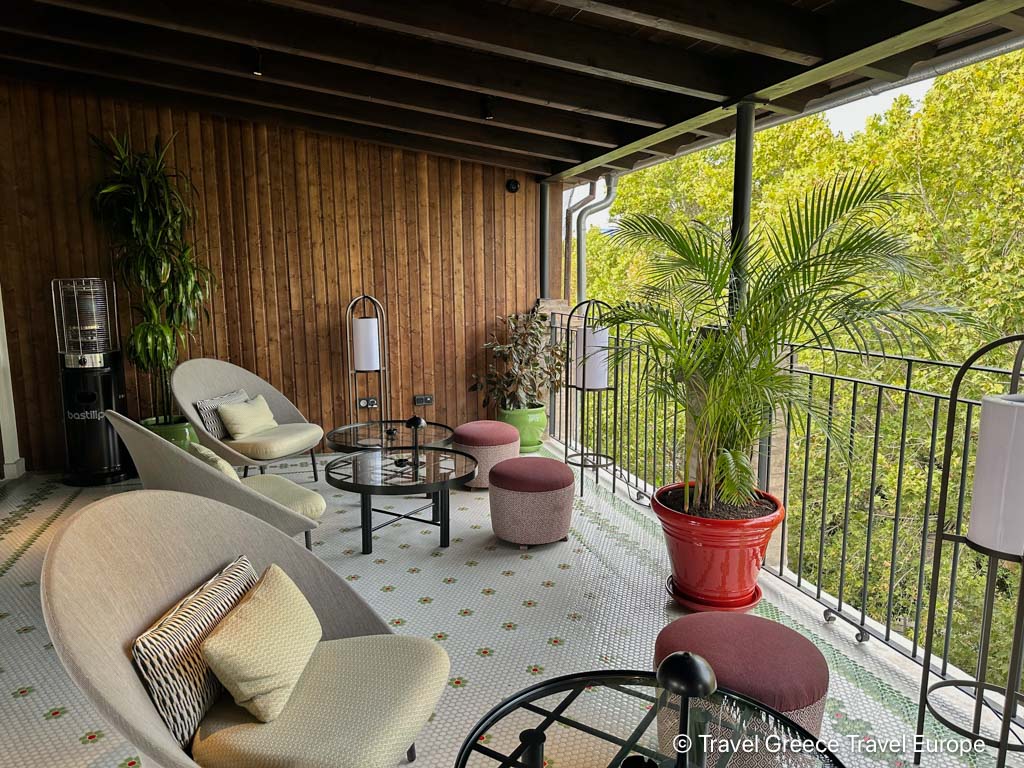
Seda Club Hotel is a luxurious boutique hotel located in the heart of Granada, offering an elegant and exclusive retreat for travelers. This 5-star hotel features sophisticated interiors that blend contemporary luxury with classical design elements, creating a refined and serene ambiance. The spacious rooms are beautifully appointed with high-end materials and modern amenities, ensuring a comfortable and stylish stay. Guests can enjoy gourmet dining at the hotel’s fine restaurant, which serves a blend of traditional Andalusian and contemporary cuisine. Situated near Granada’s top attractions, including the Alhambra and the Granada Cathedral, Seda Club Hotel is an excellent choice for those seeking a luxurious and tranquil escape in the city center.
Where to Eat in Granada: My Tried Recommendations
Granada is a city known for its rich culinary traditions, where you can indulge in everything from traditional Andalusian dishes to innovative international cuisine. Whether you’re in the mood for tapas, modern fusion, or something unique, here are some dining spots in Granada that we tried and liked:
1. La Cueva de 1900
Located in the heart of Granada, La Cueva de 1900 is a popular spot for those looking to experience authentic Andalusian flavors. This cozy restaurant is known for its traditional Spanish dishes, particularly its selection of cured meats, such as jamón ibérico but also serves salads and the famous salmorejo. It’s the perfect place to enjoy classic tapas in a rustic setting that evokes the charm of old Granada.
2. Alameda Bar & Restaurant
Alameda Bar & Restaurant offers a modern dining experience with a focus on high-quality ingredients and contemporary Spanish cuisine. Situated near the city center, this stylish restaurant is perfect for both casual dining and special occasions. The menu features a mix of traditional dishes with a modern twist, and the extensive wine list complements the flavors beautifully.
3. Nuevo Rialto
For those seeking a casual yet delightful dining experience, Nuevo Rialto is a must-visit. This restaurant blends traditional Spanish cuisine with a modern flair, offering a variety of dishes that highlight the best of local ingredients. The ambiance is relaxed, making it an ideal spot for enjoying a leisurely meal with friends or family.
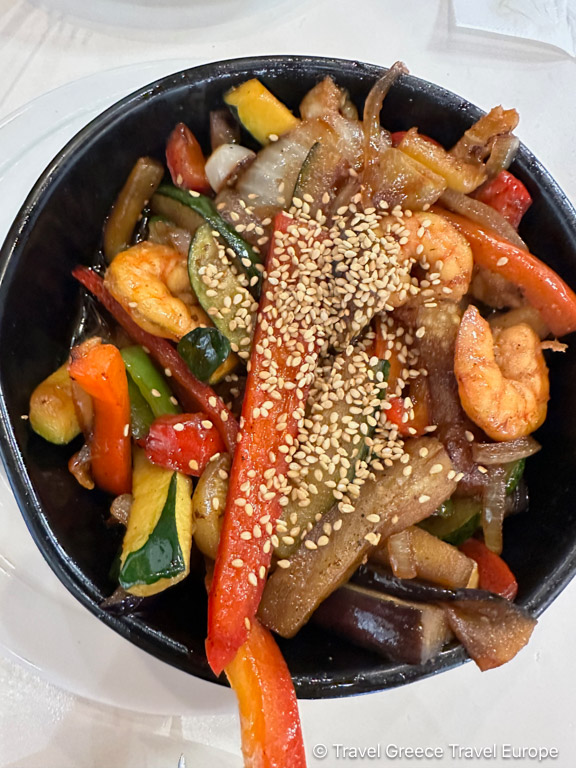
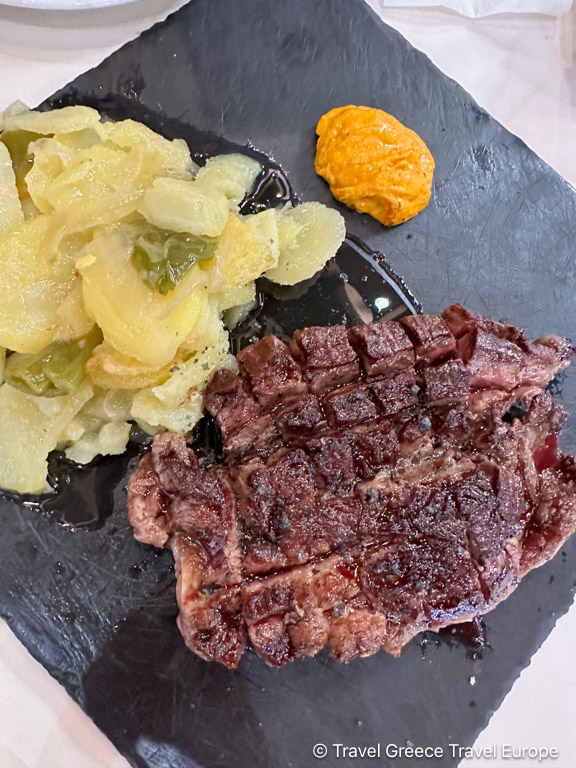
4. Sibuya Urban Sushi Bar
If you’re in the mood for something different, Sibuya Urban Sushi Bar brings a taste of Japan to Granada with its creative and fresh sushi offerings. This is a sushi chain that you will find across Spain as well as in Porto, Portugal. Located in a chic, urban setting, this sushi bar combines traditional Japanese techniques with a contemporary twist, making it a favorite among sushi lovers in the city. The stylish decor and innovative menu make it a great choice for a unique dining experience.

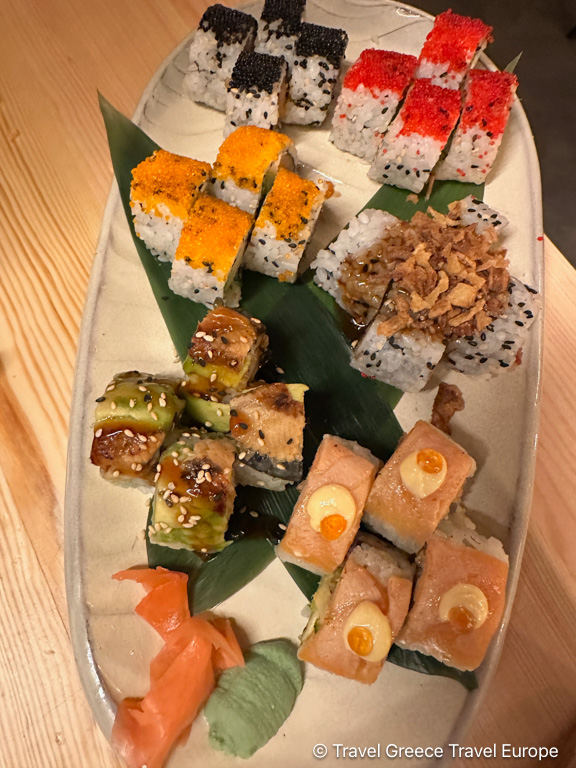
Conclusion
Granada is a city that captures the essence of Andalusia, offering a perfect blend of history, culture, and natural beauty. In just three days, you can explore its ancient palaces, wander through its historic neighborhoods, indulge in its culinary delights, and immerse yourself in its vibrant traditions. Have you been to Granada, if yes do share what you liked best.
Make sure to check out our other Andalusia Itineraries
Unforgettable 3 Days in Seville, Spain: Explore History and Culture

